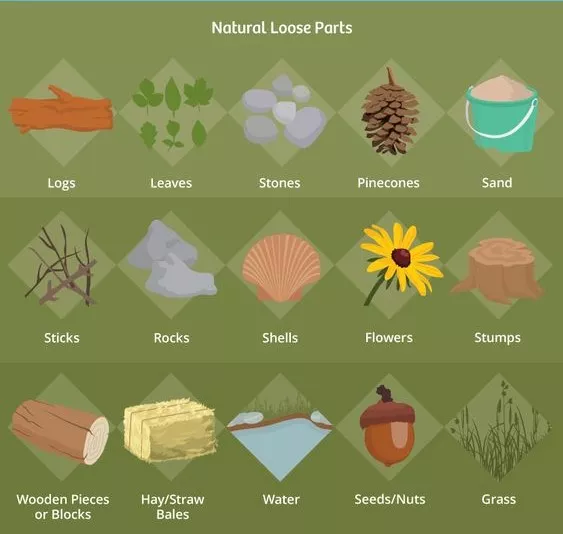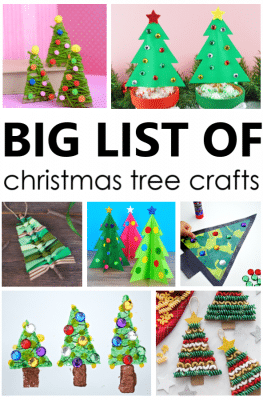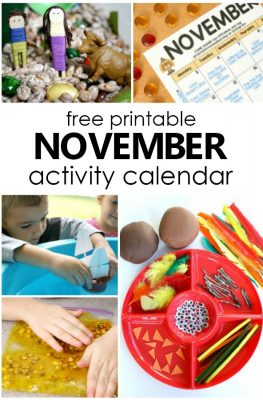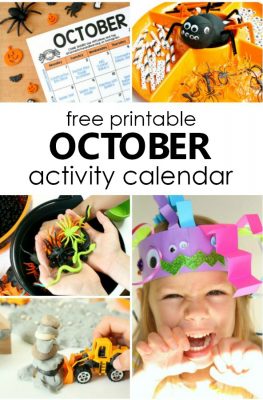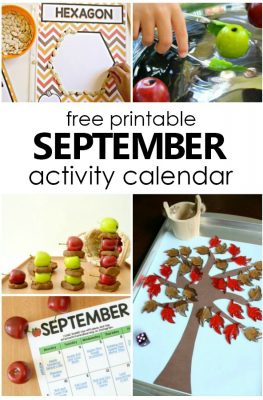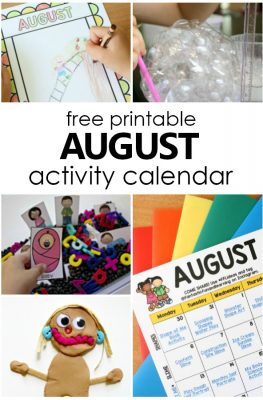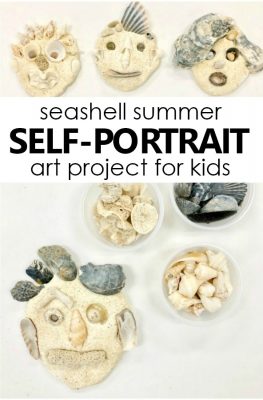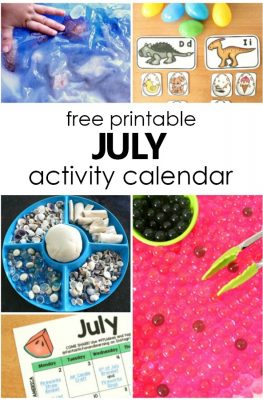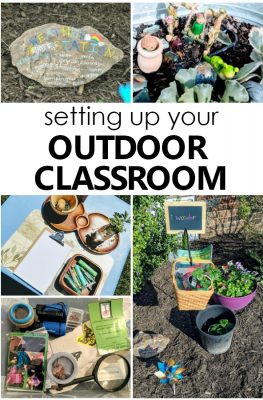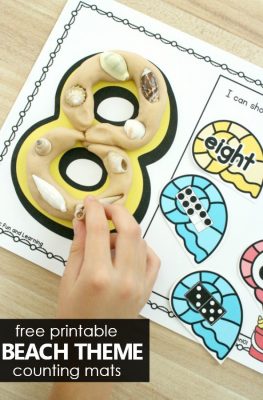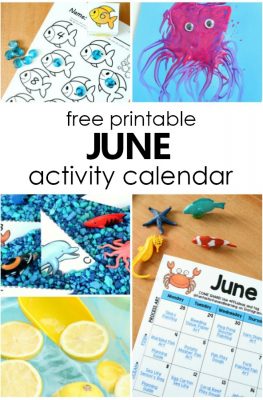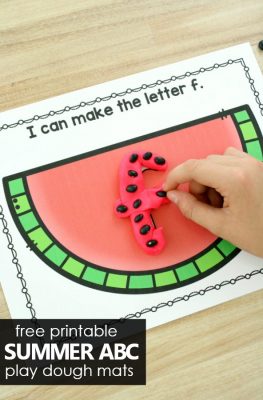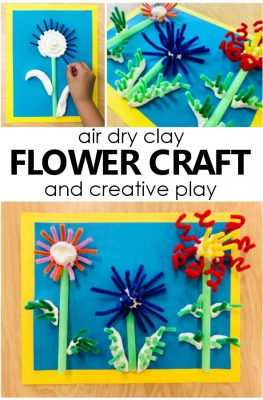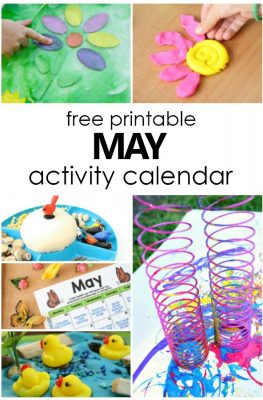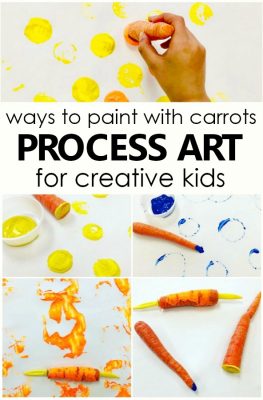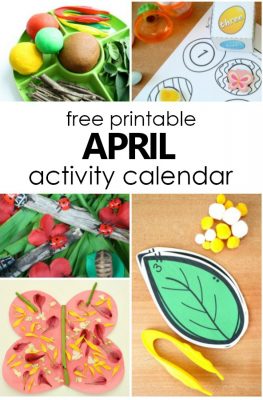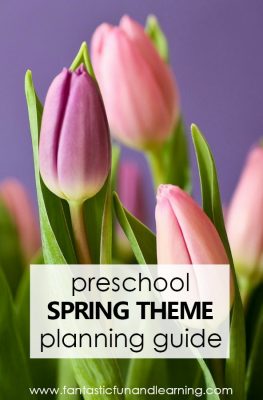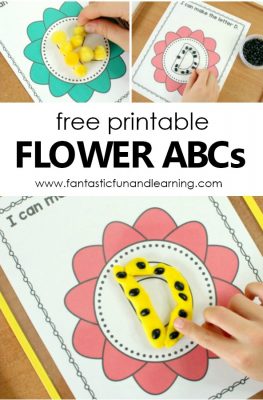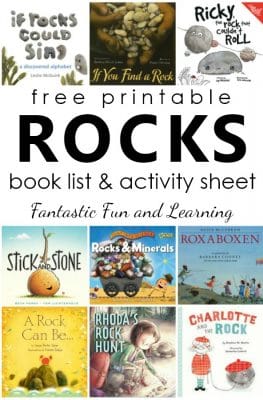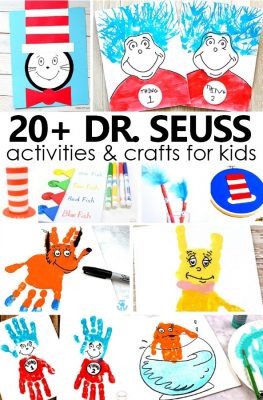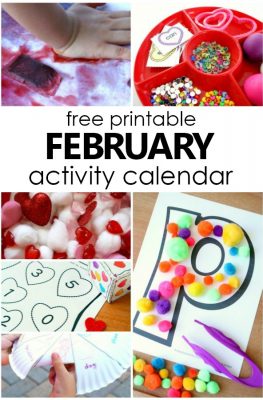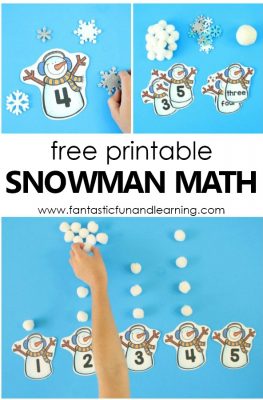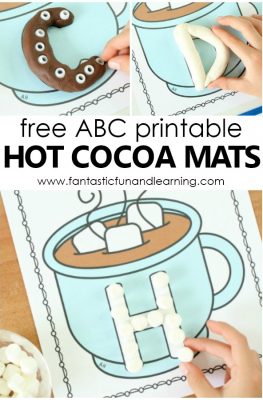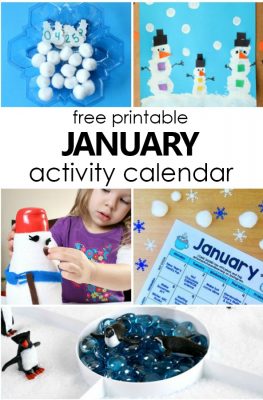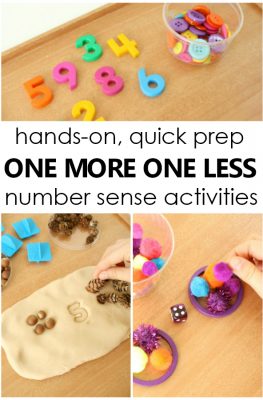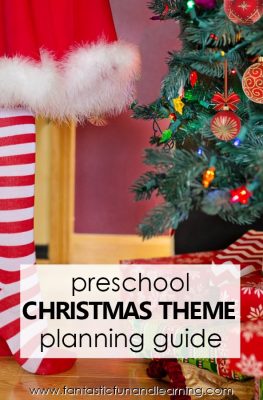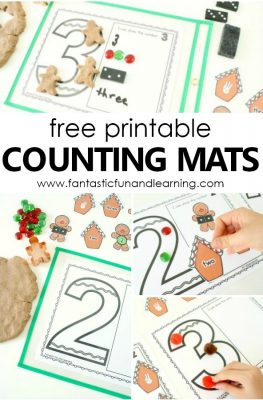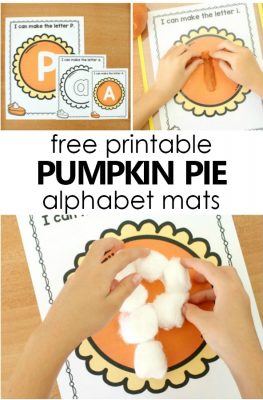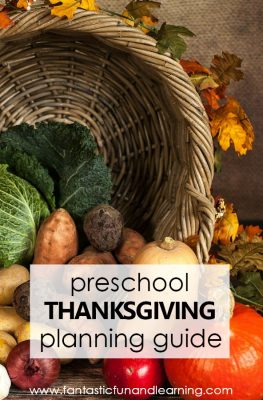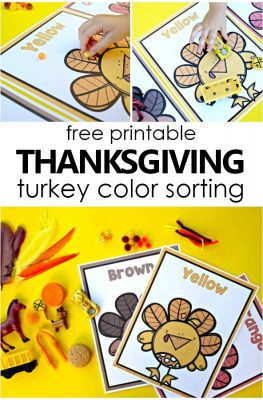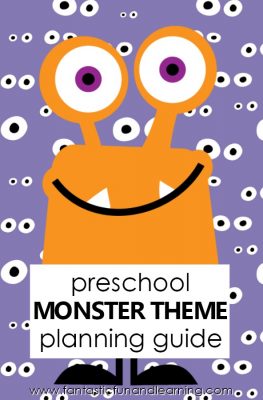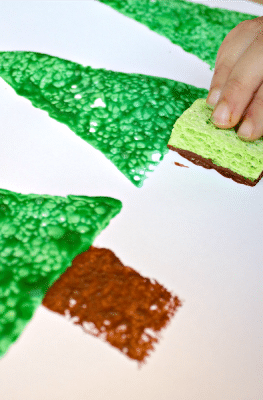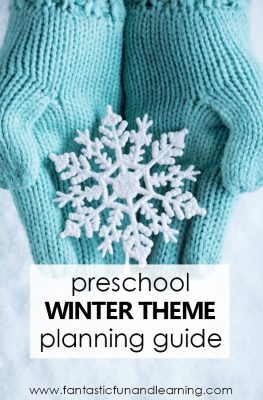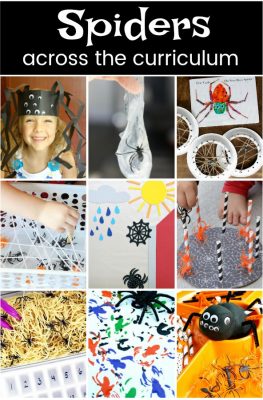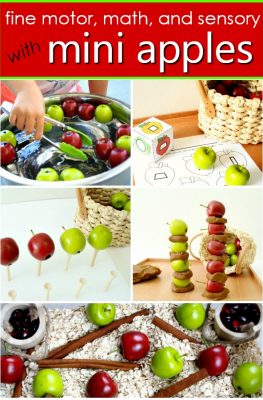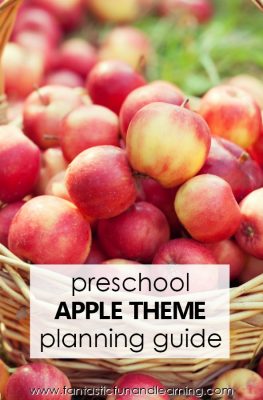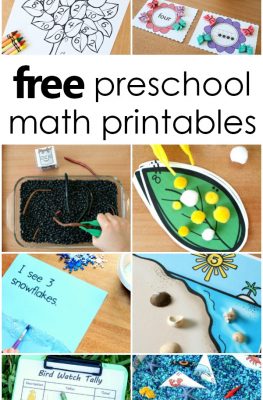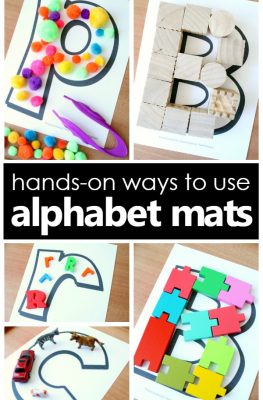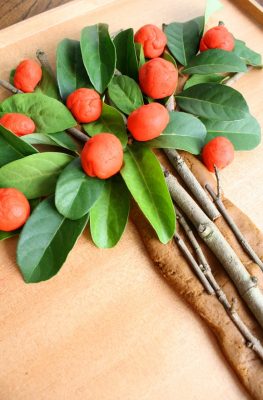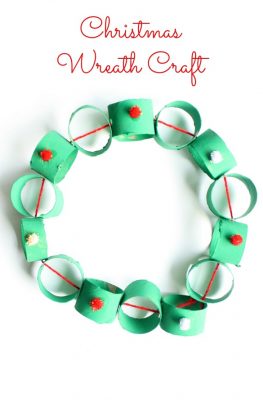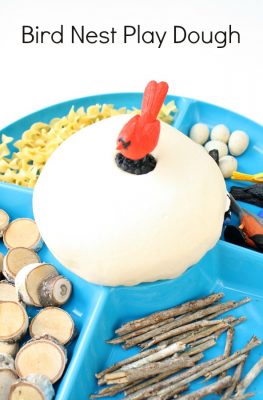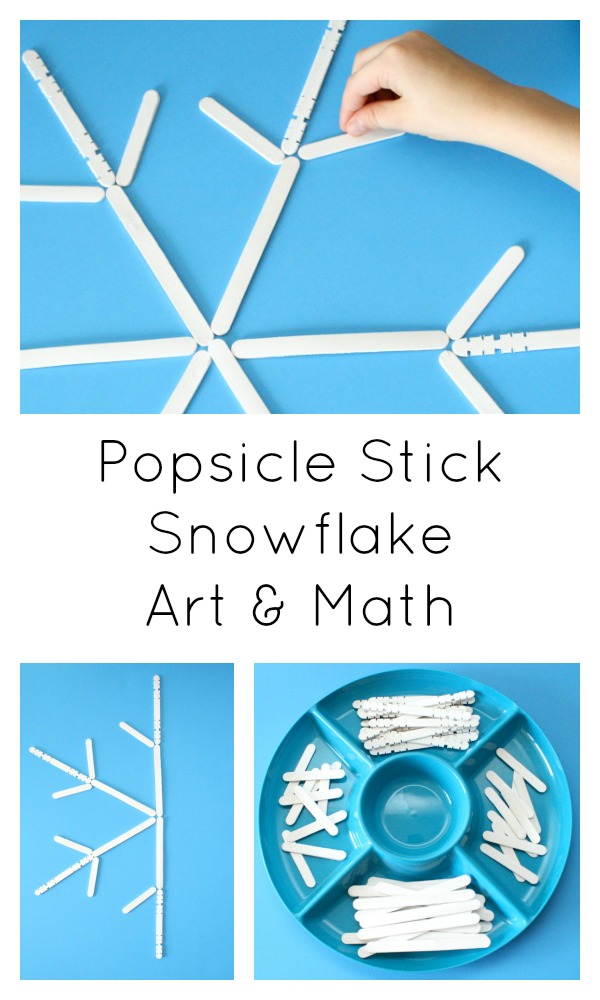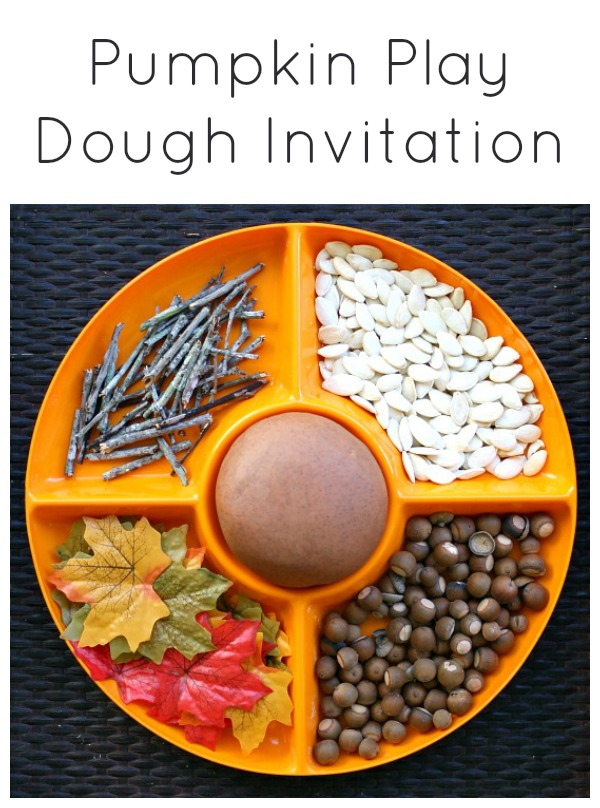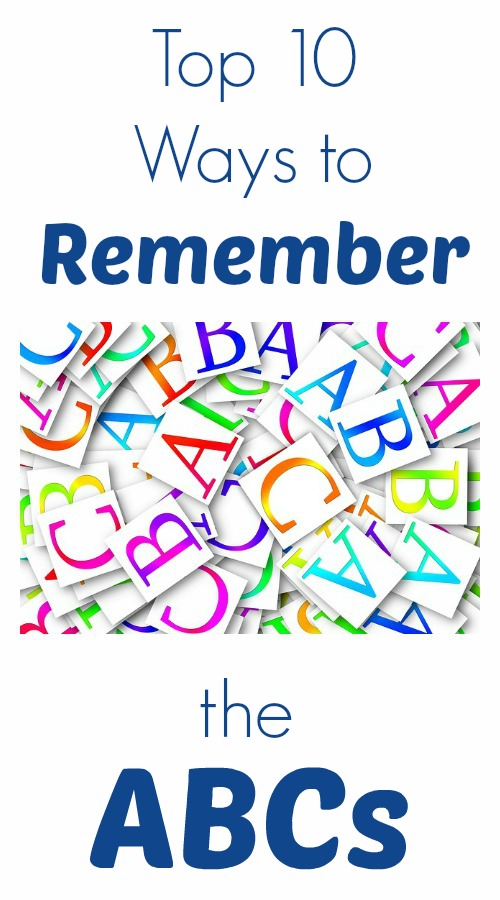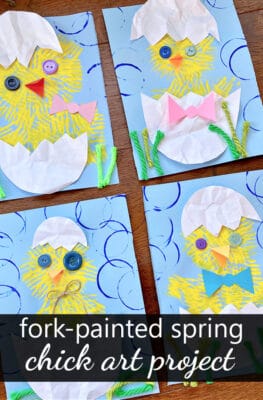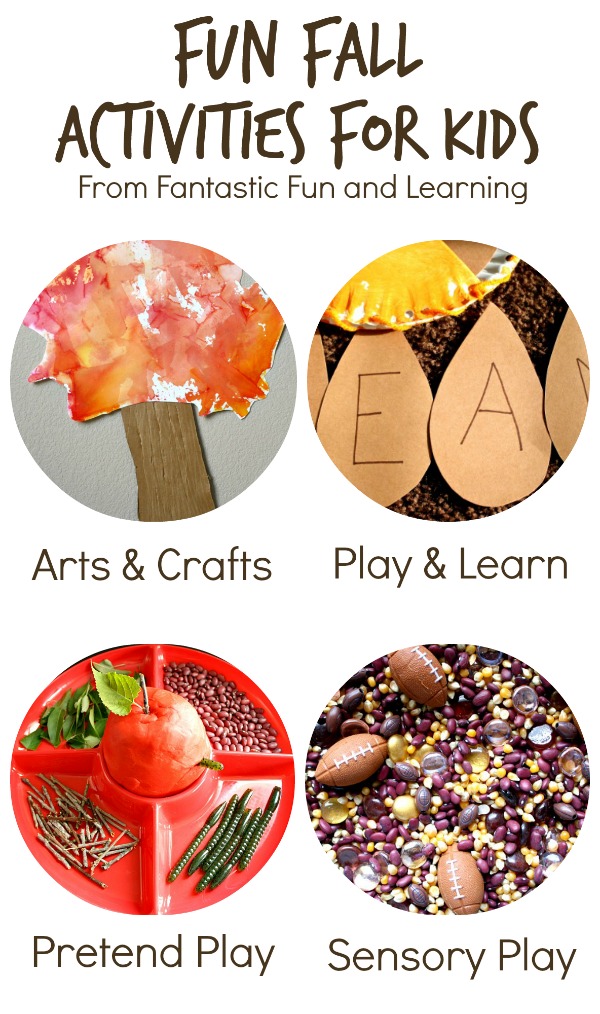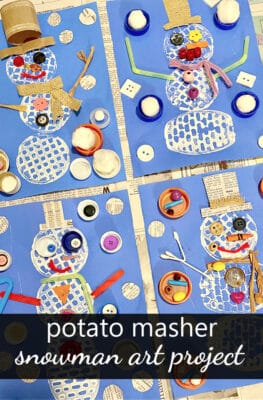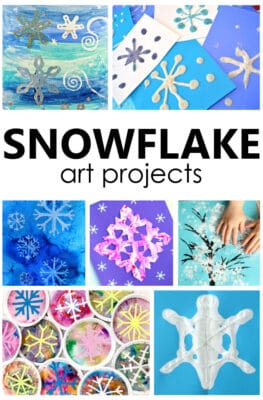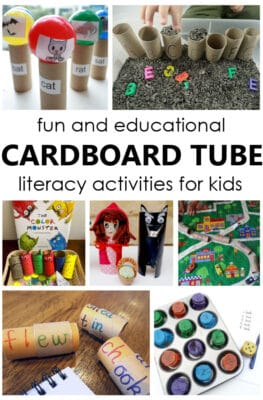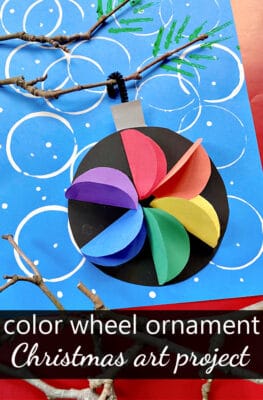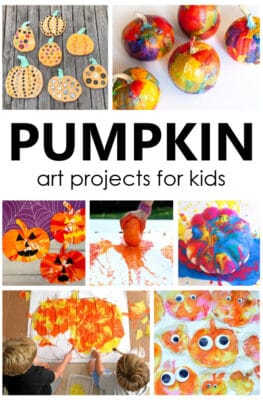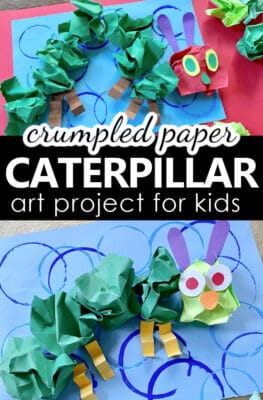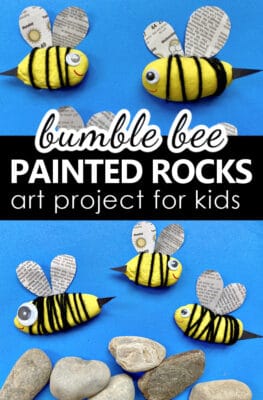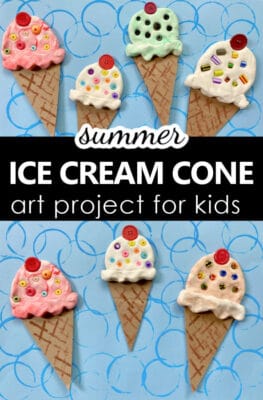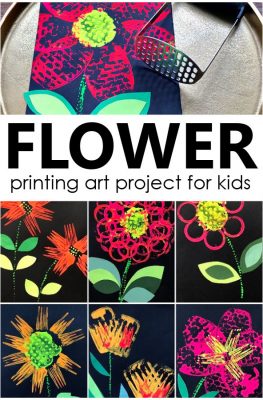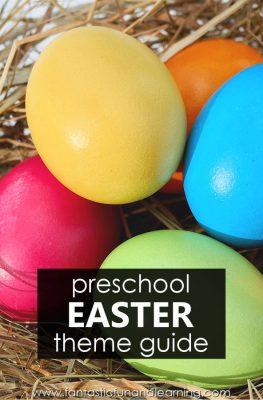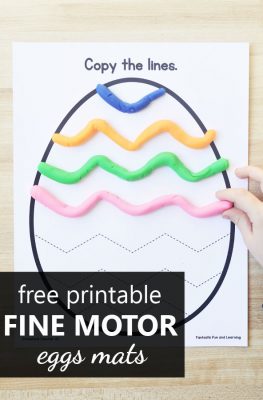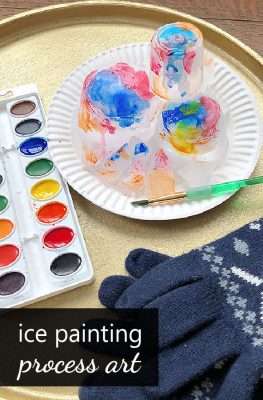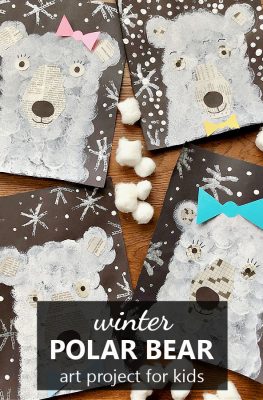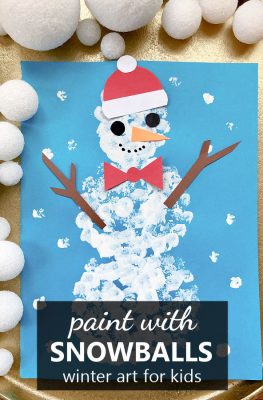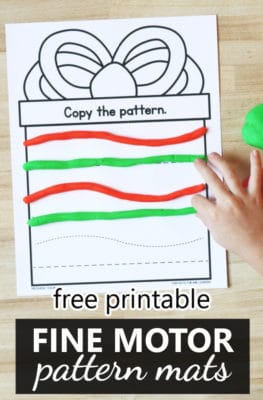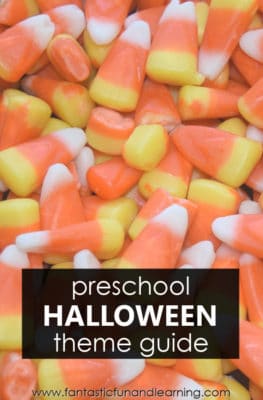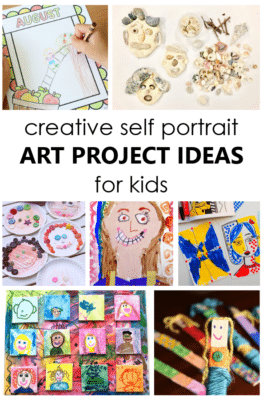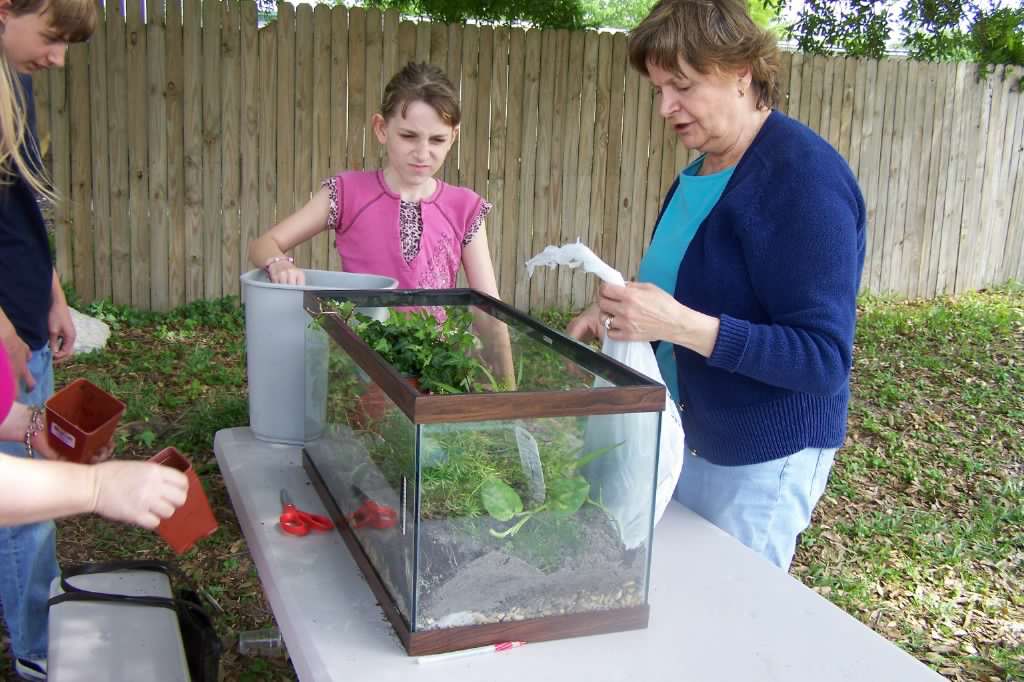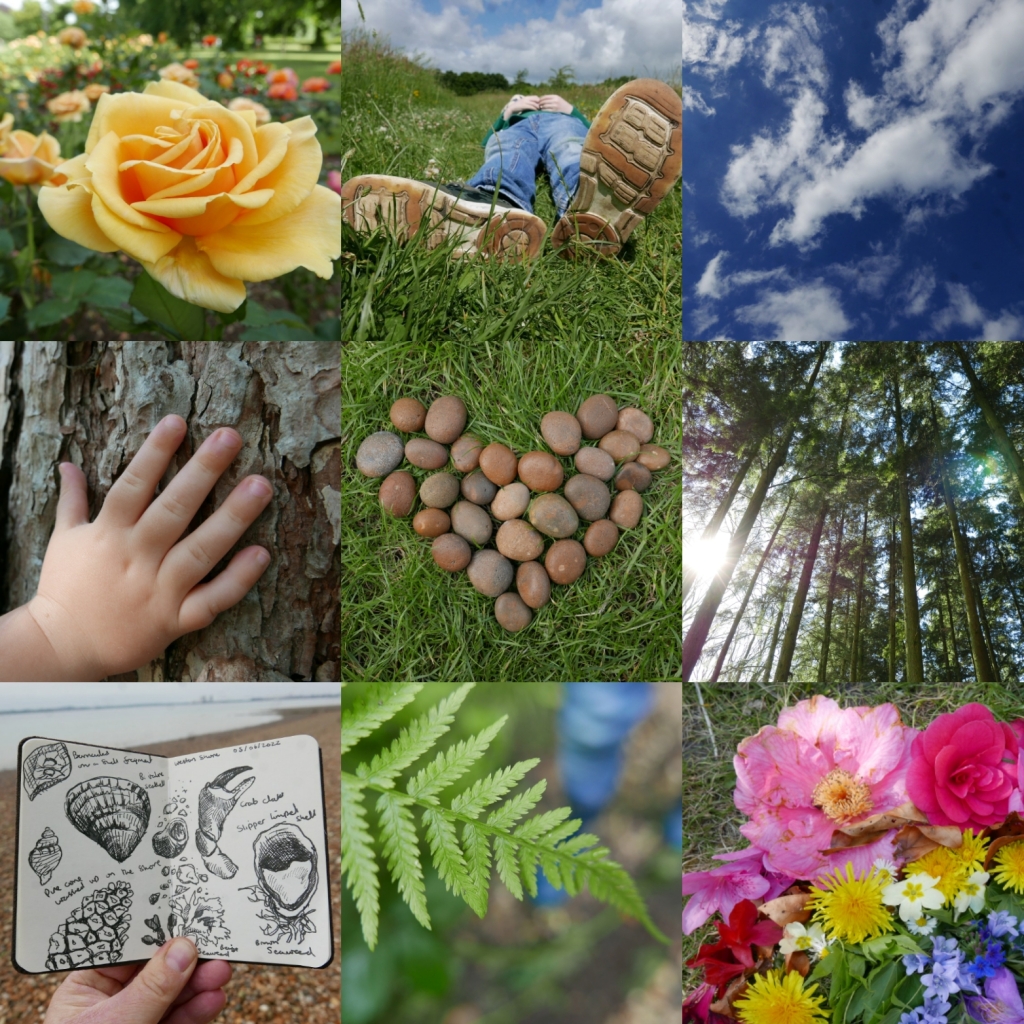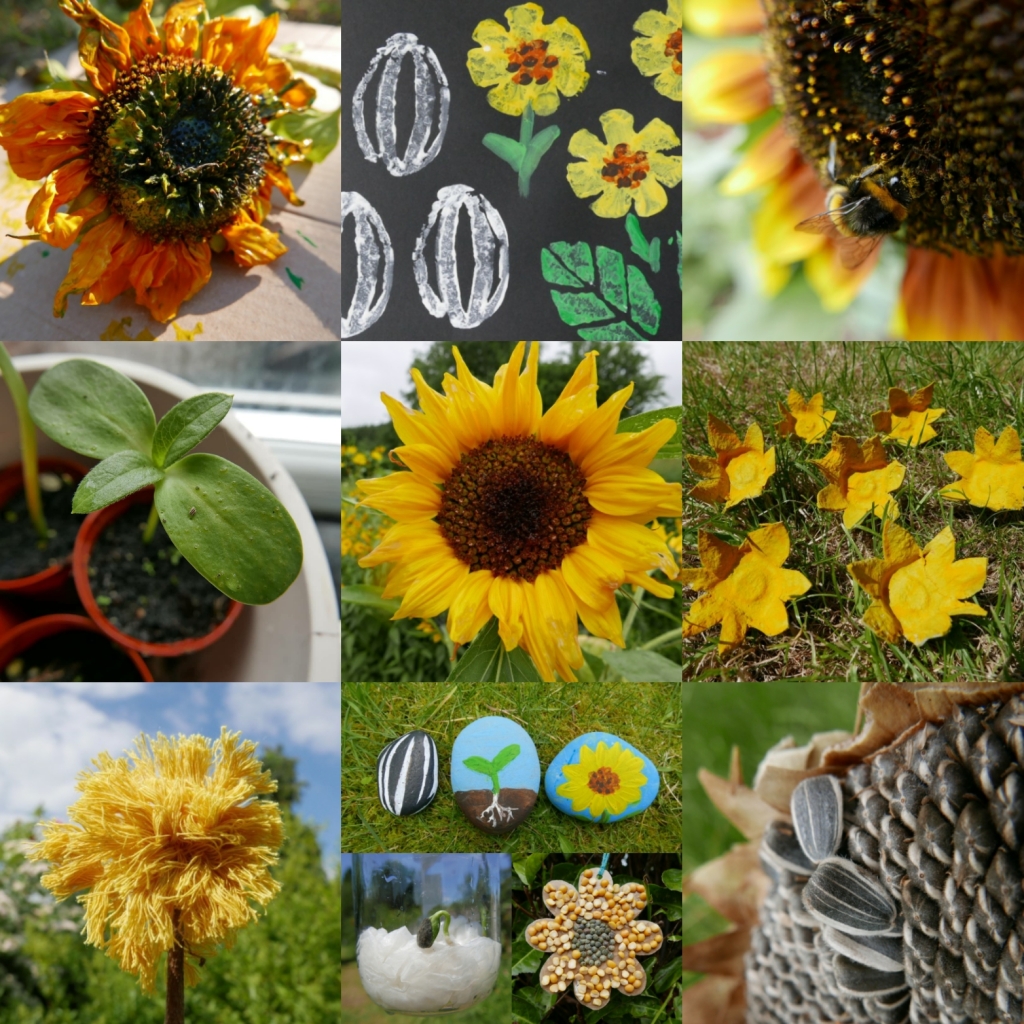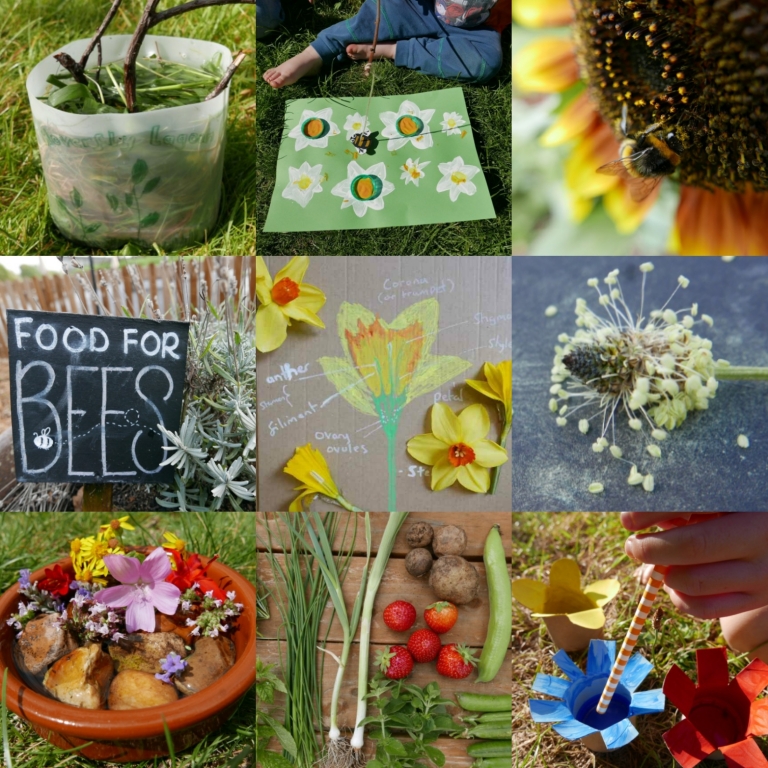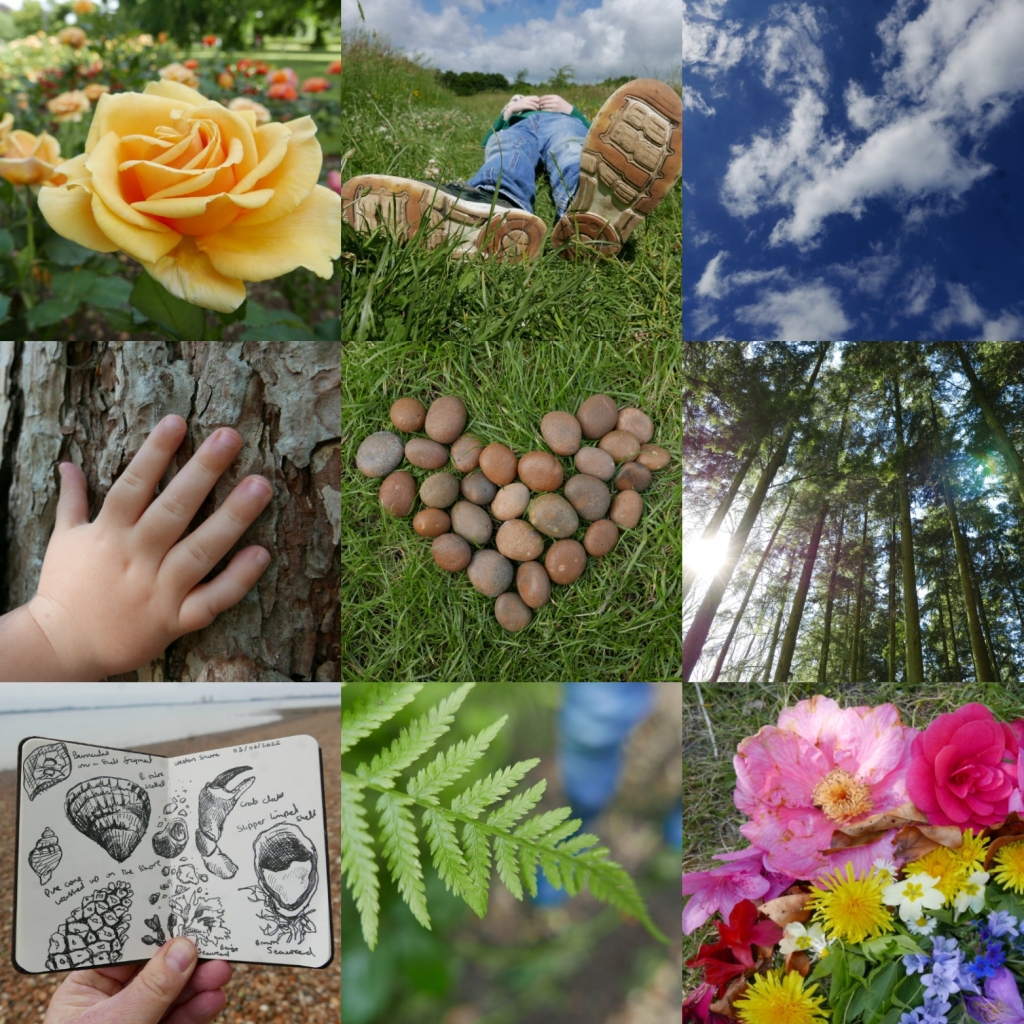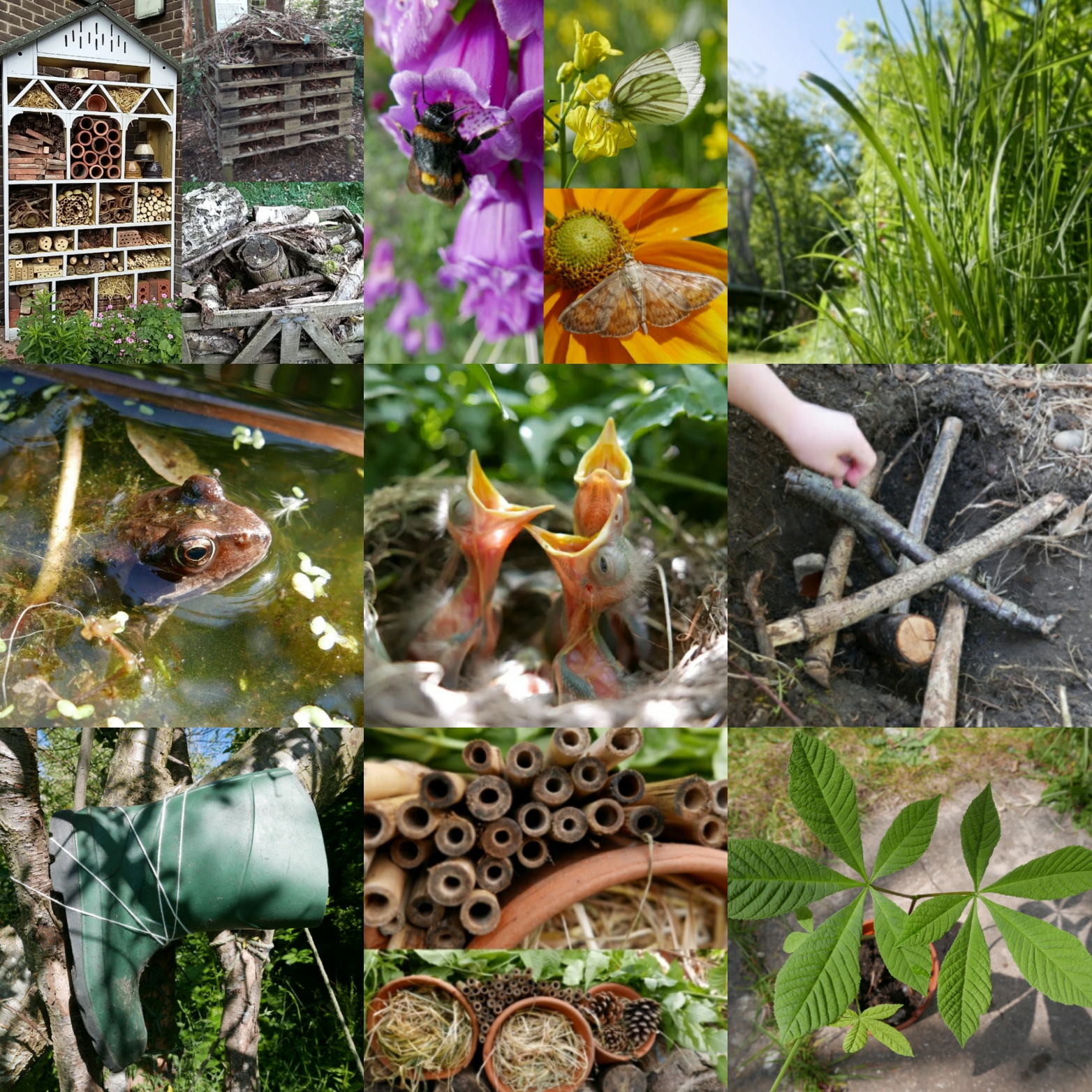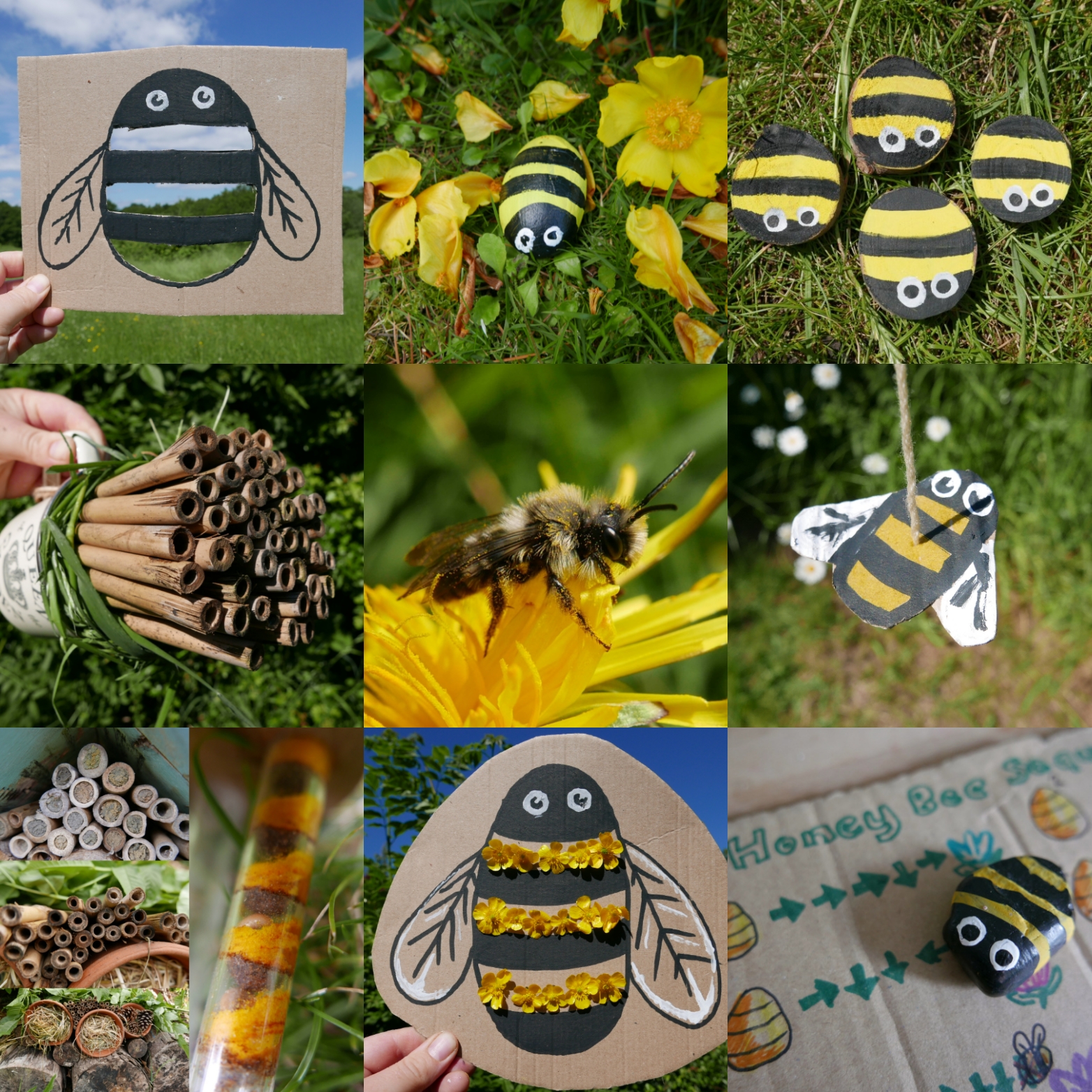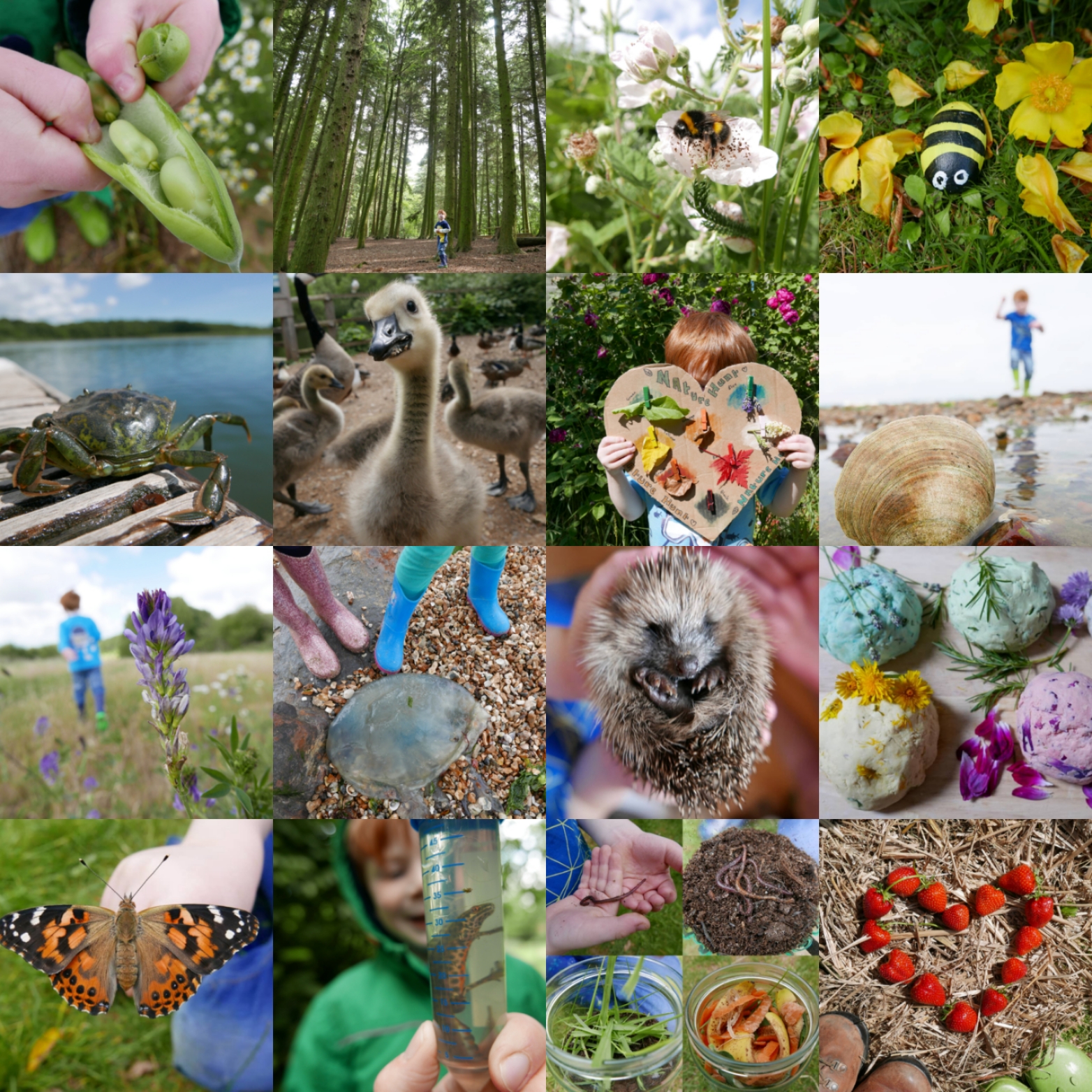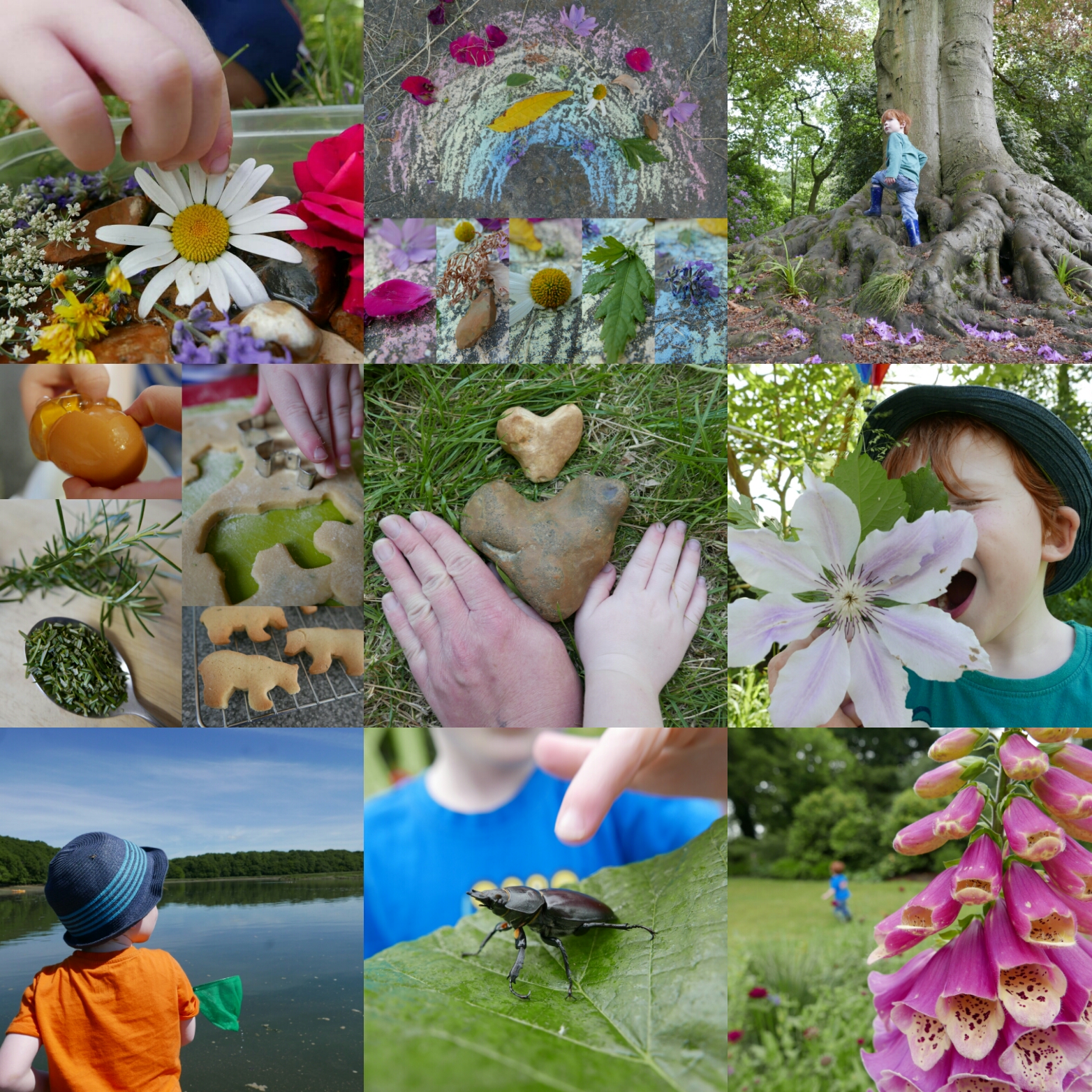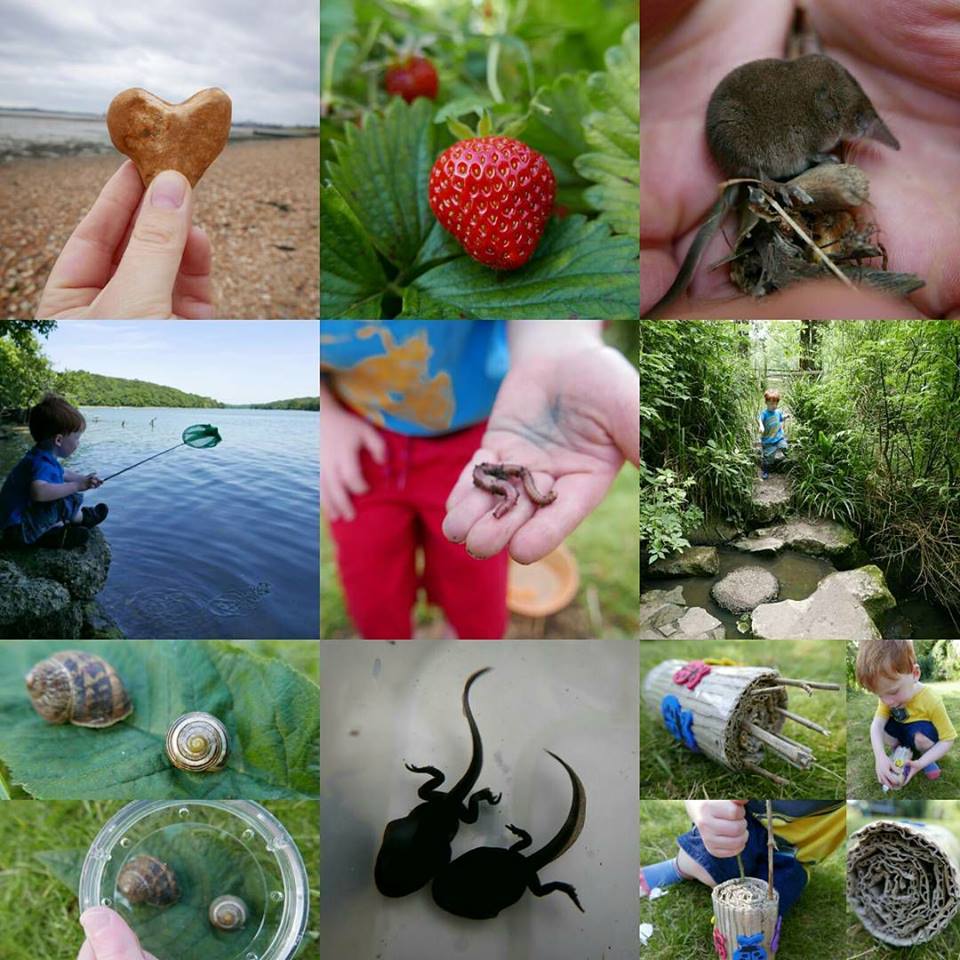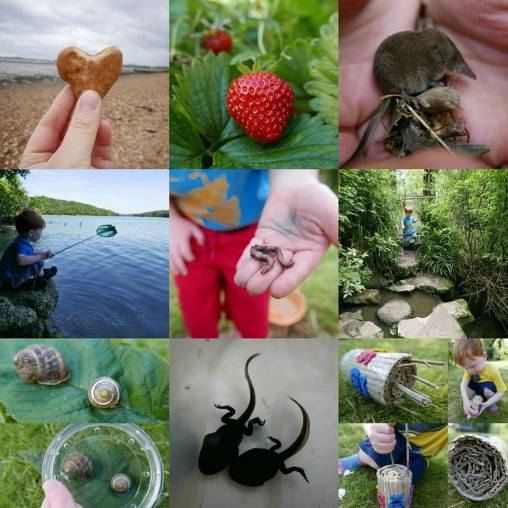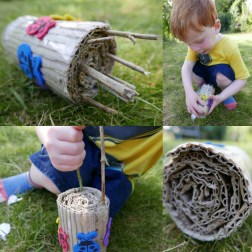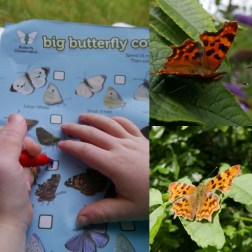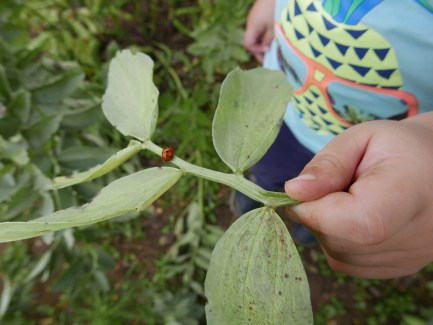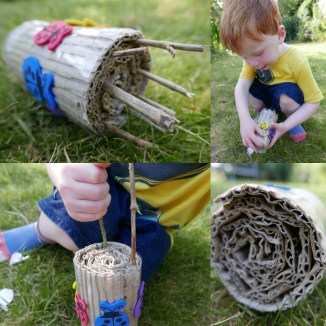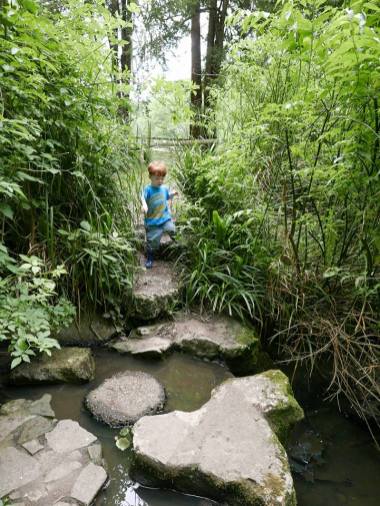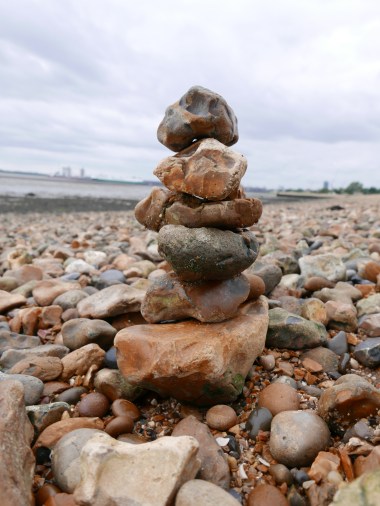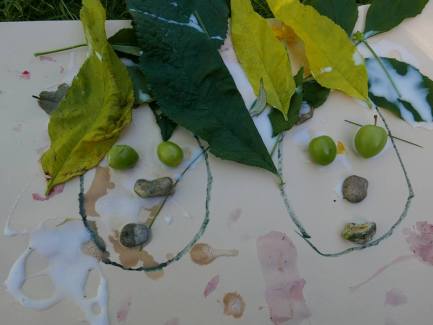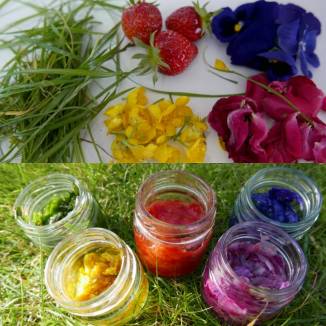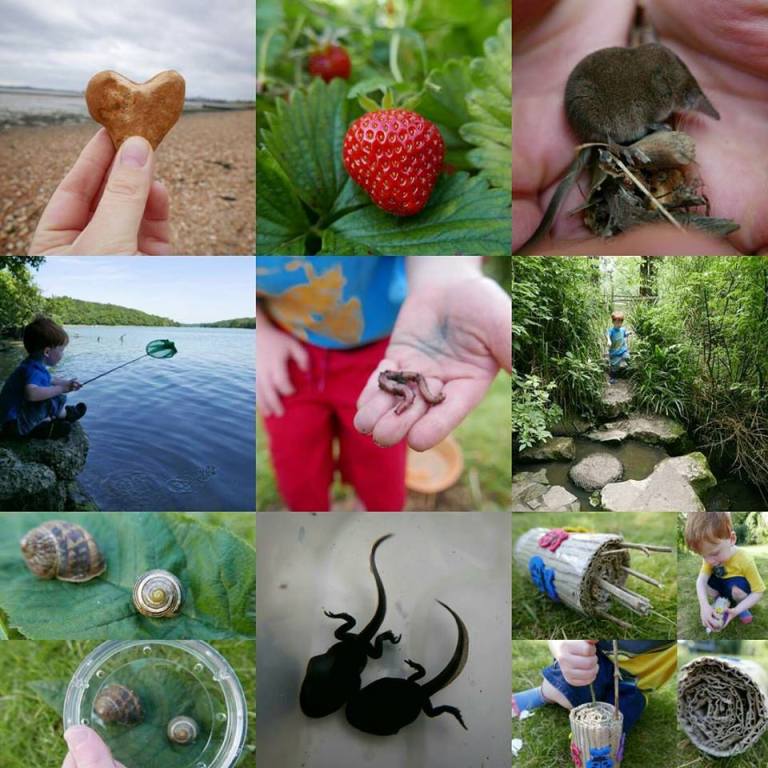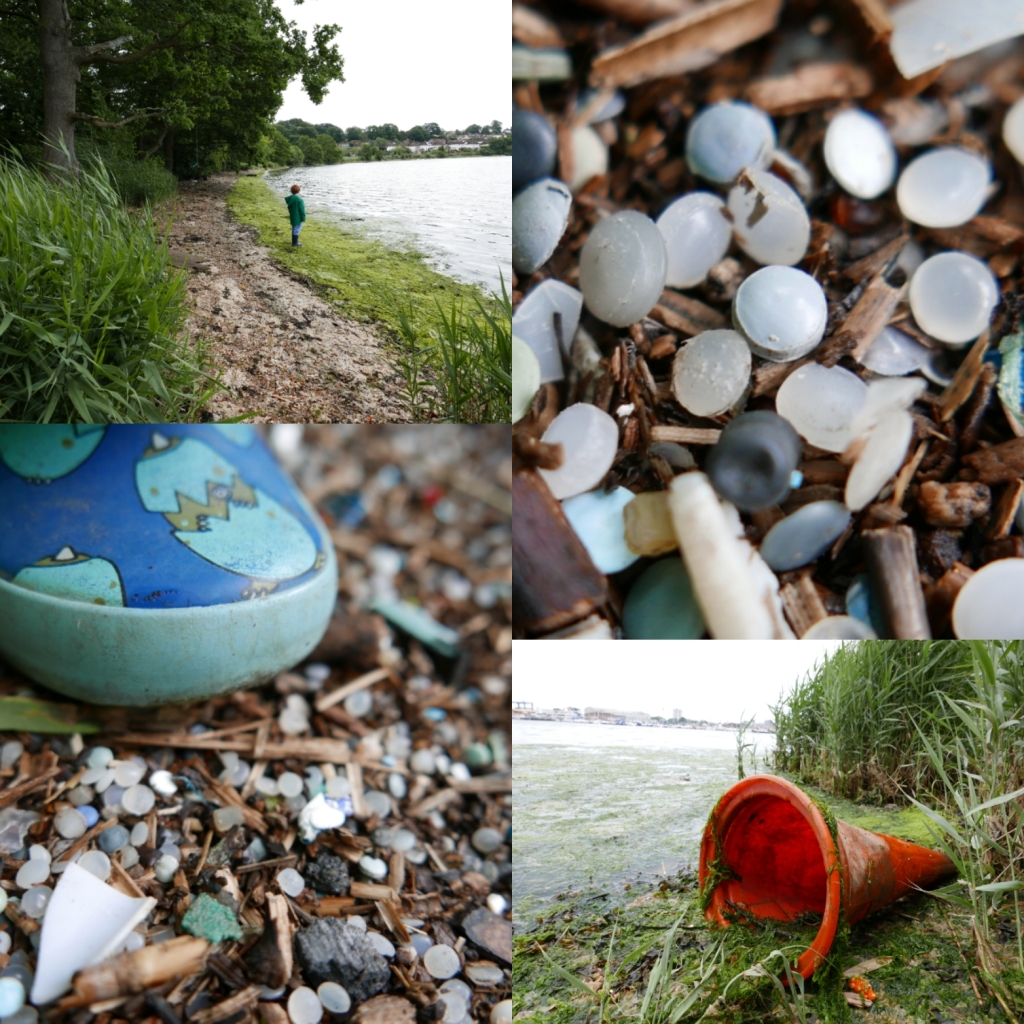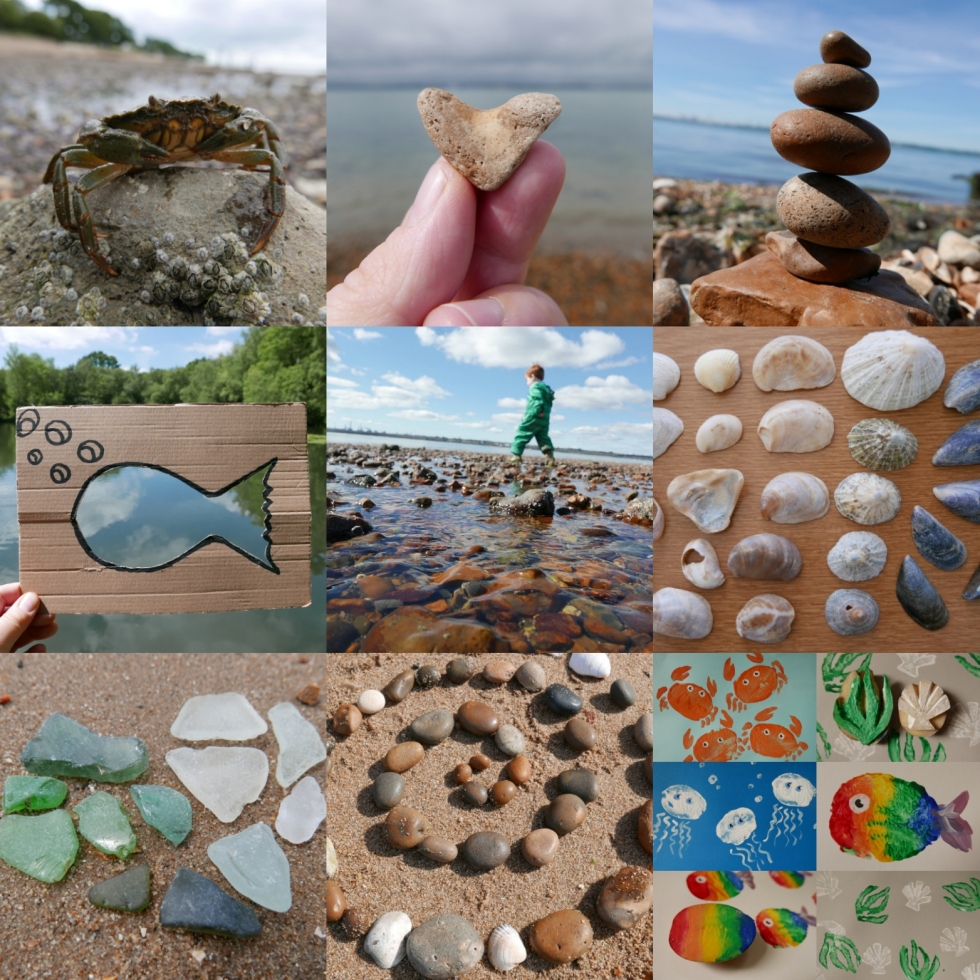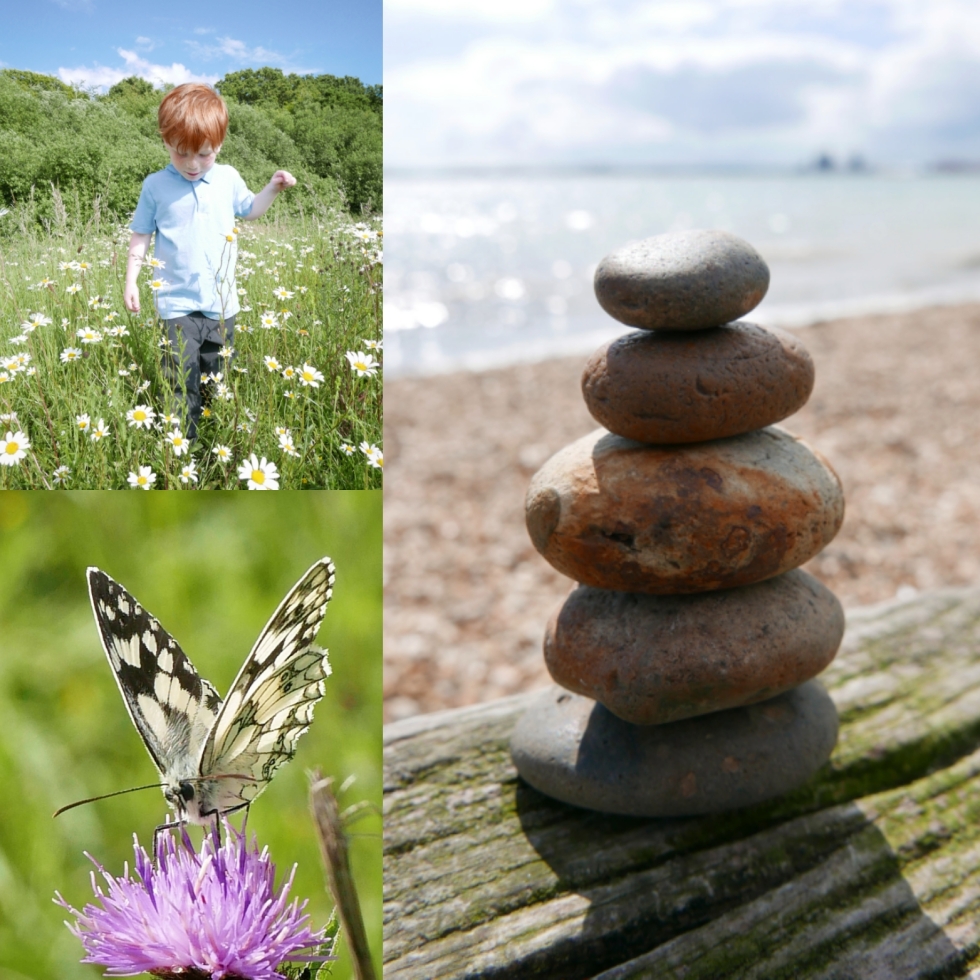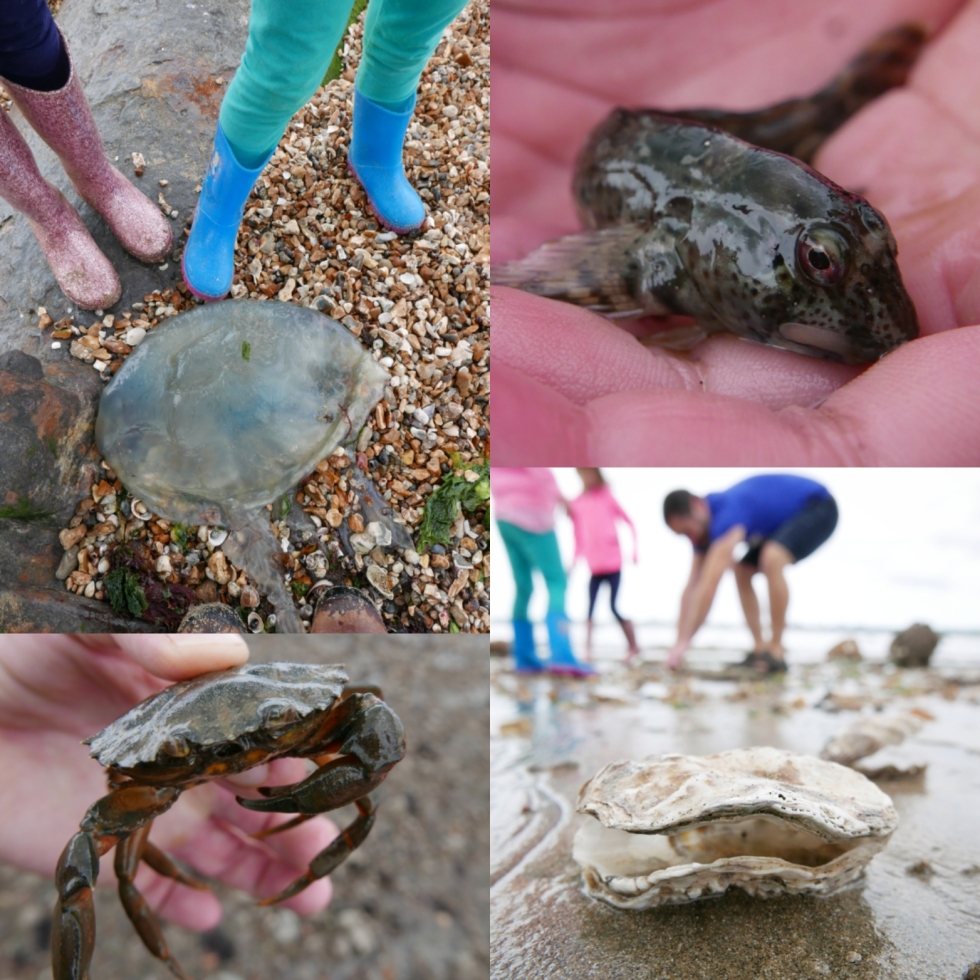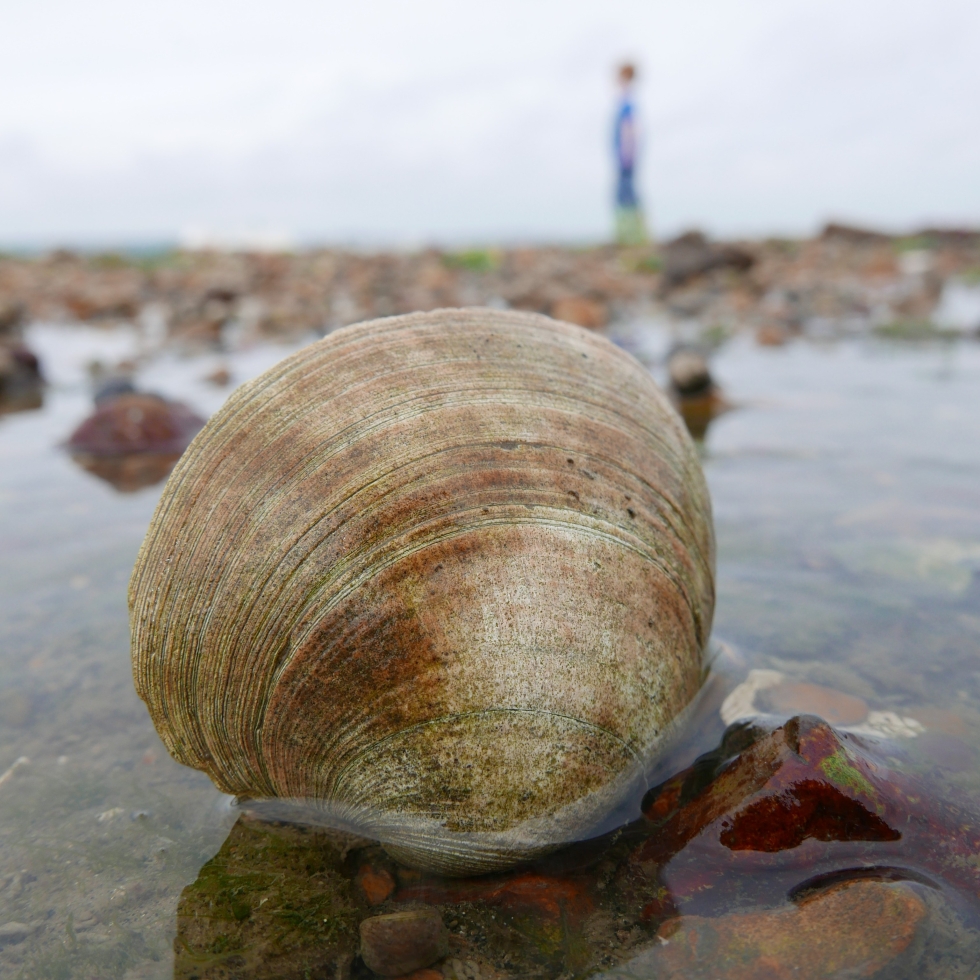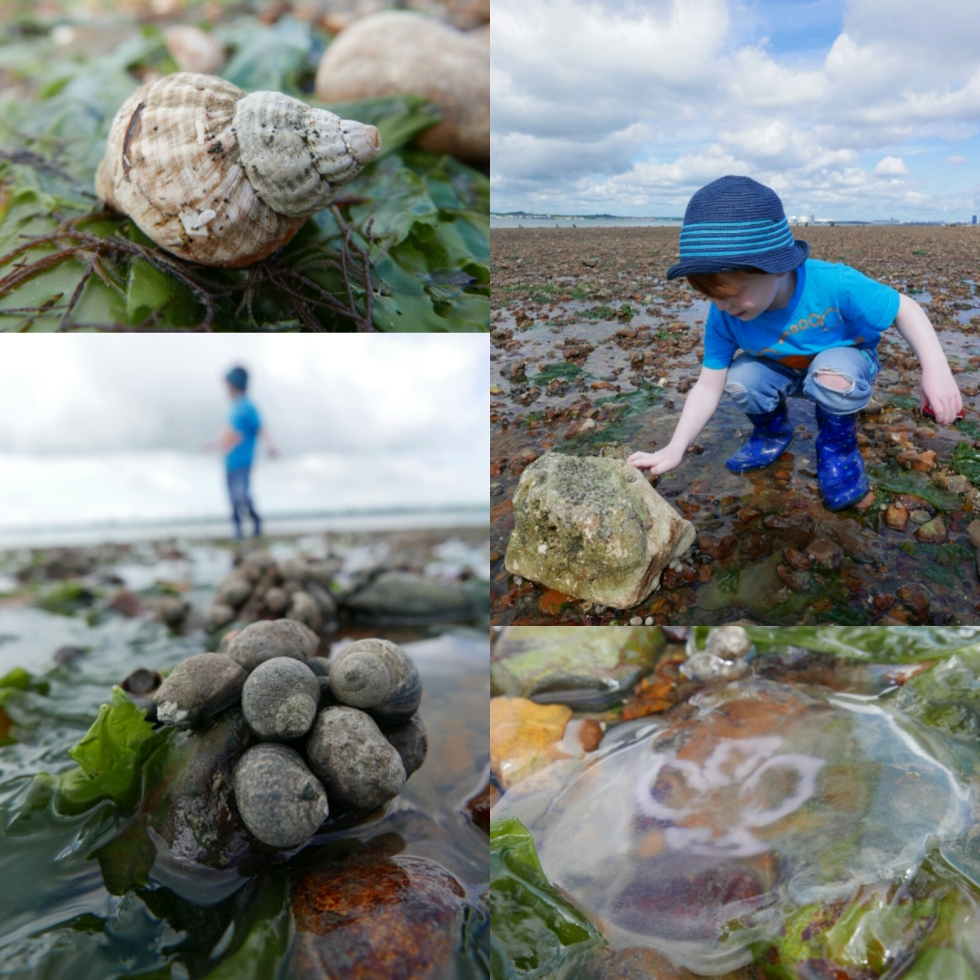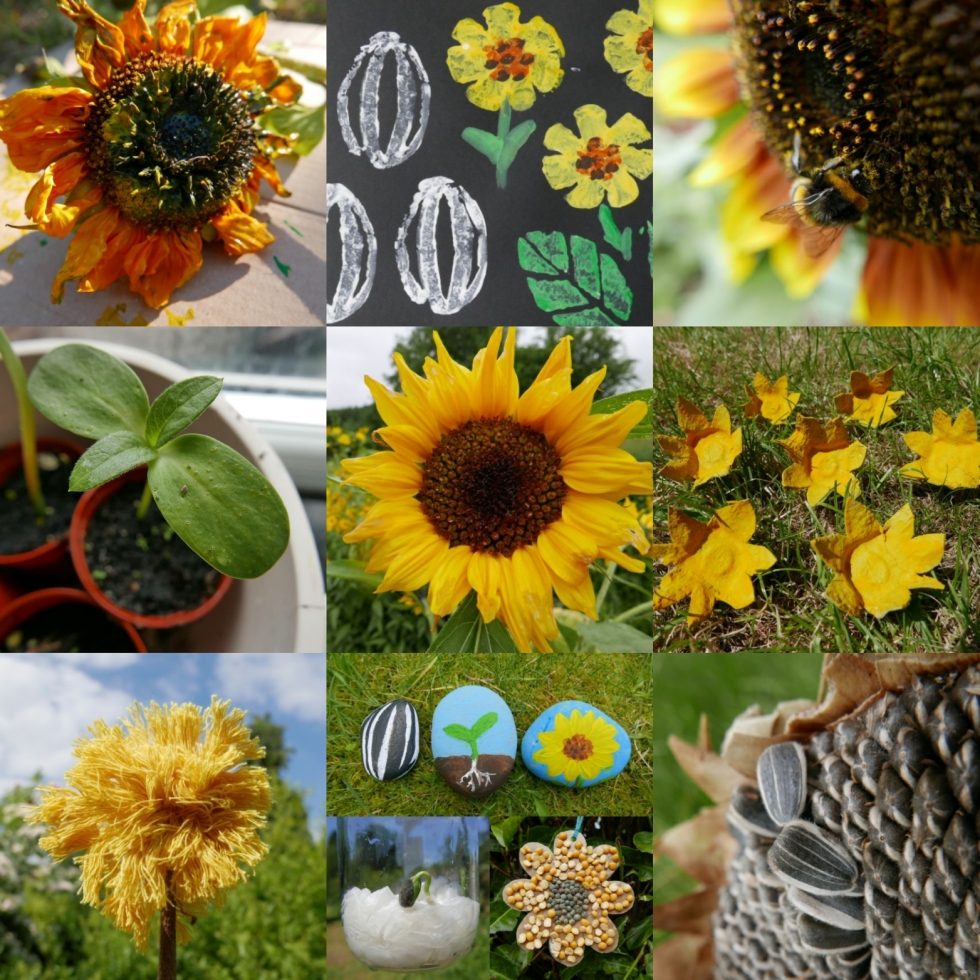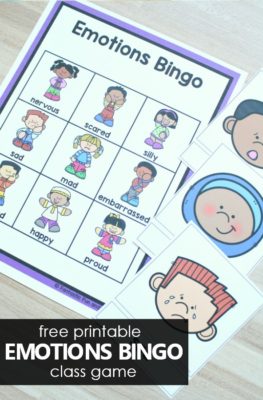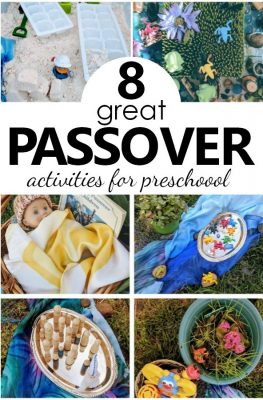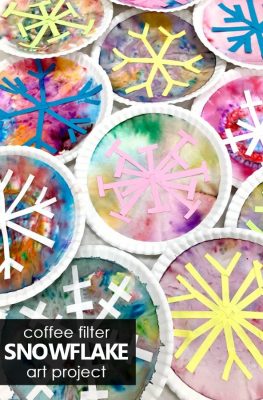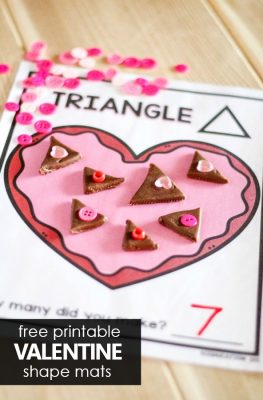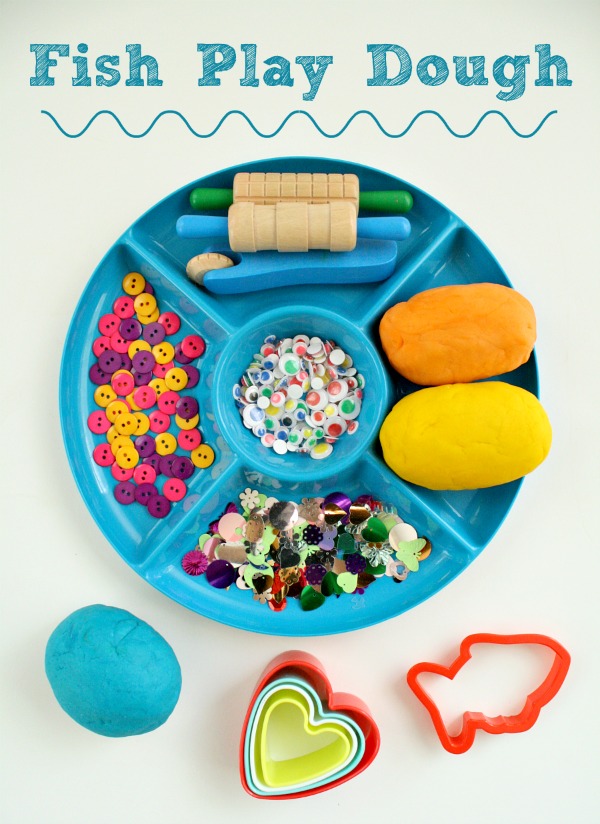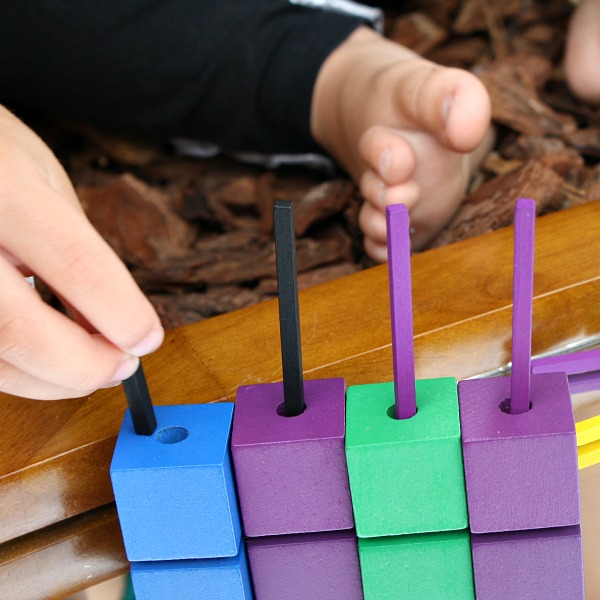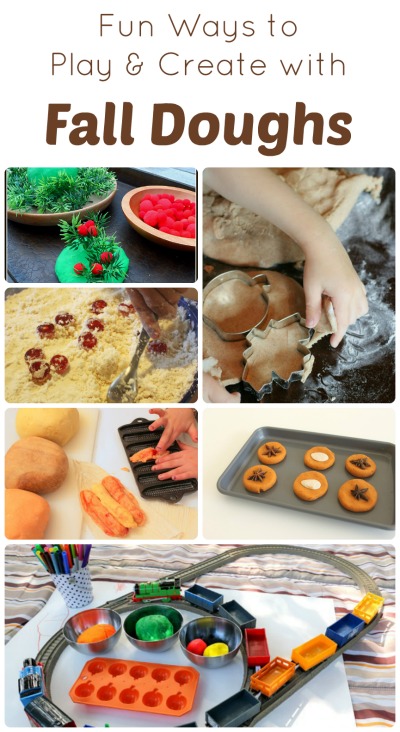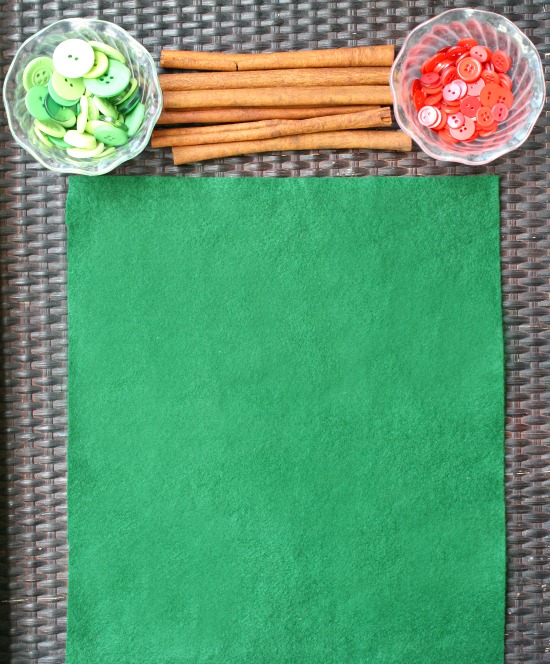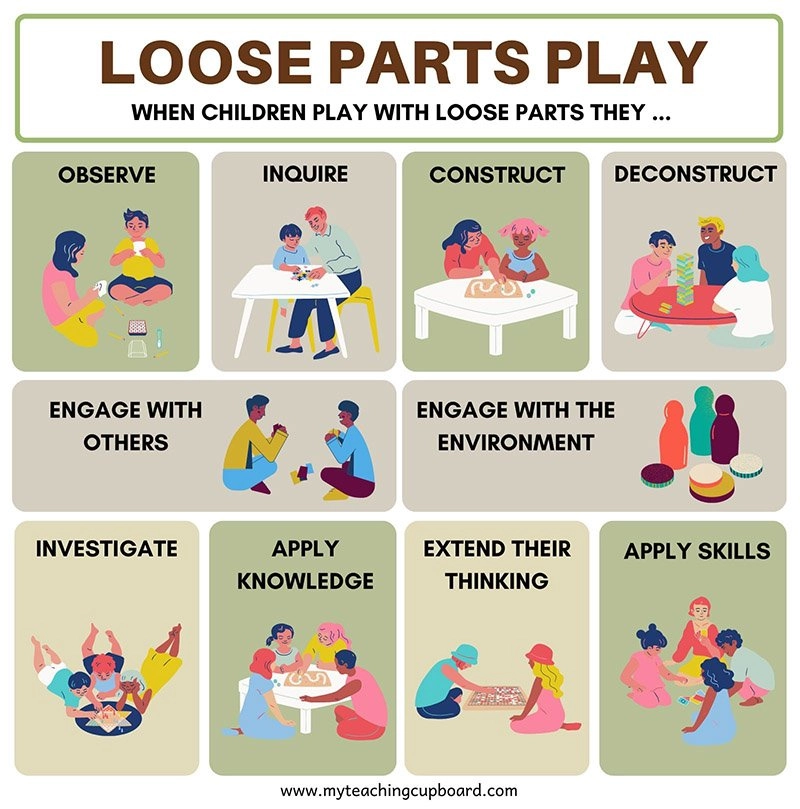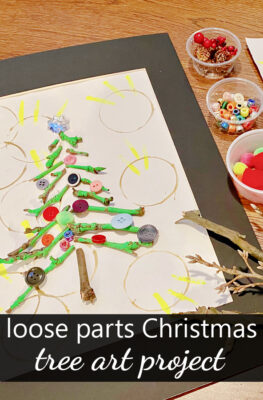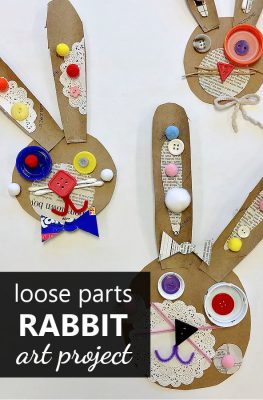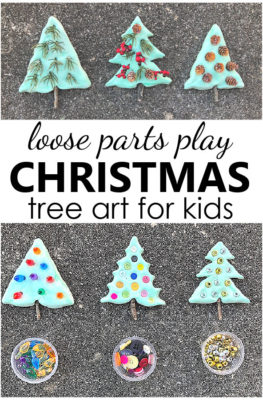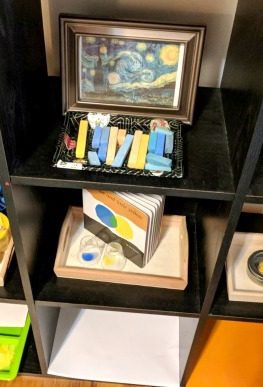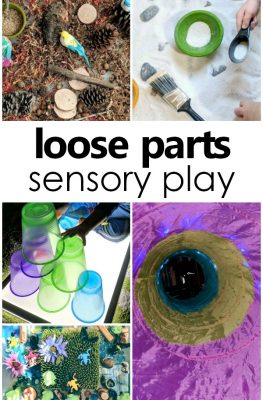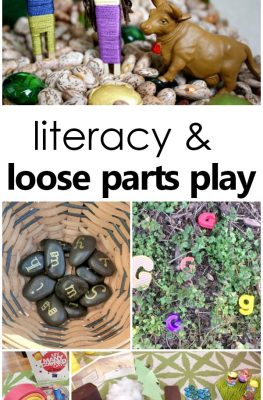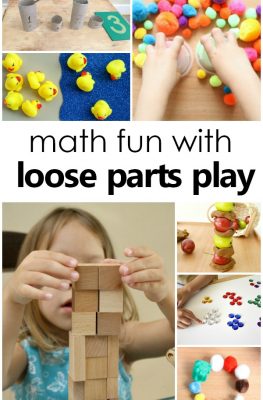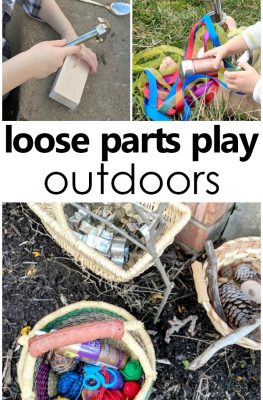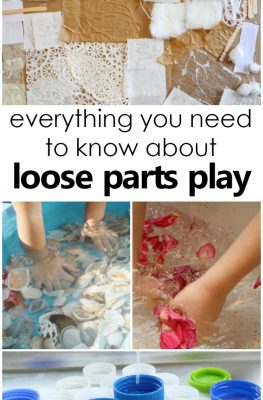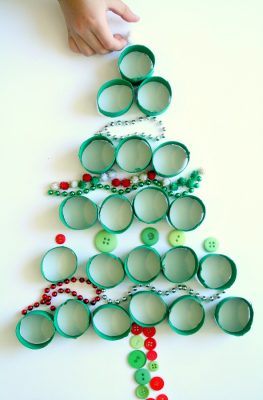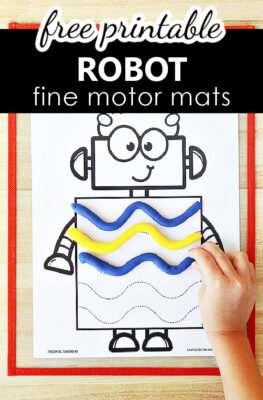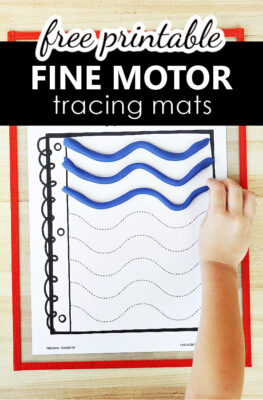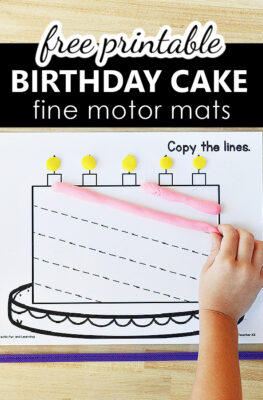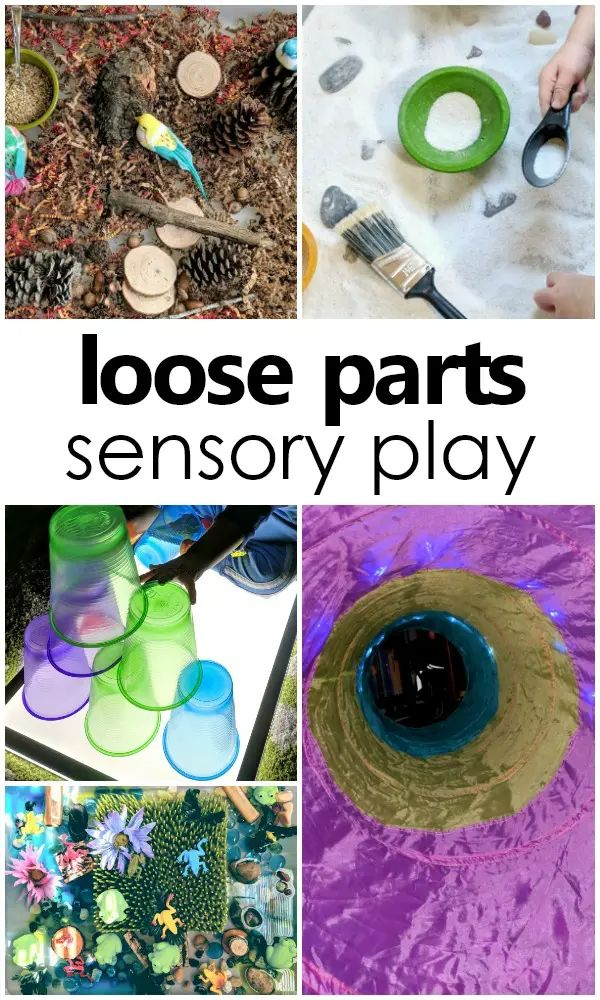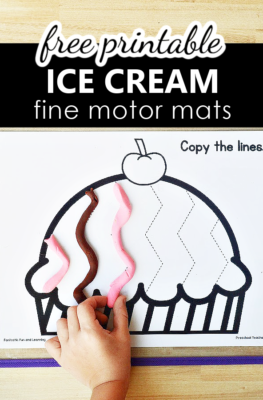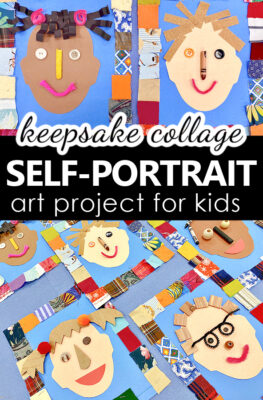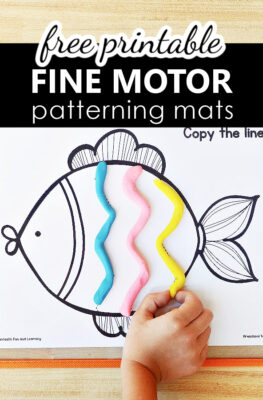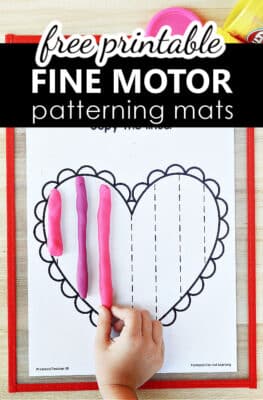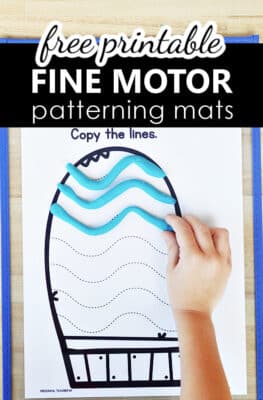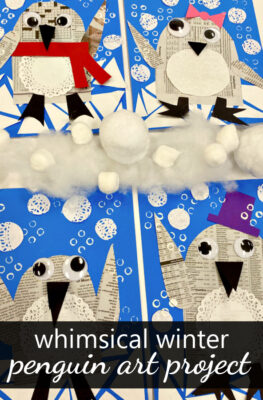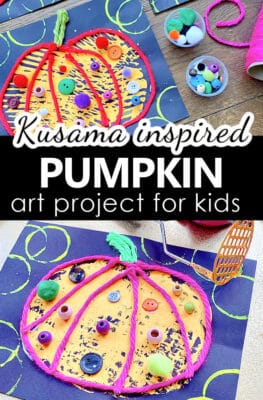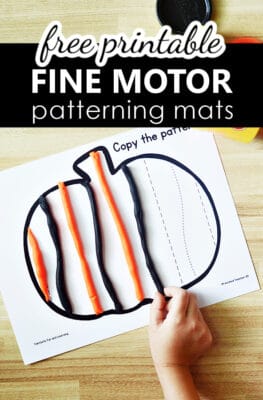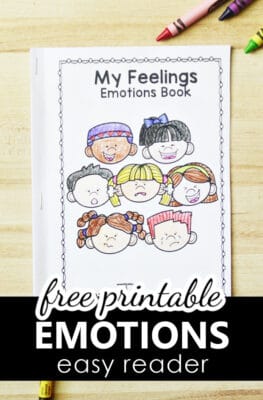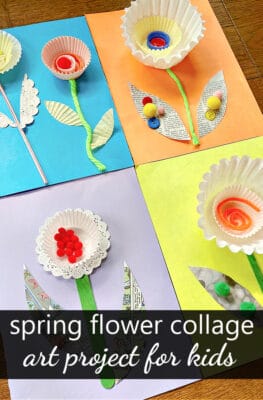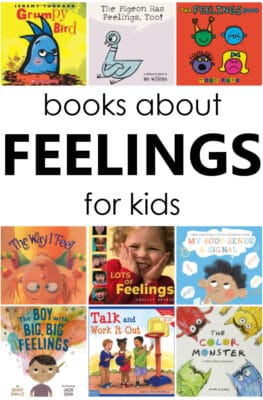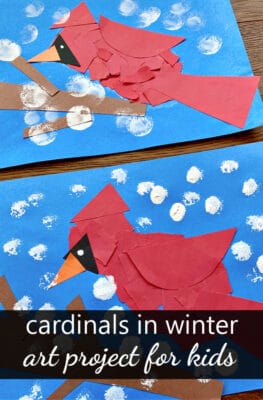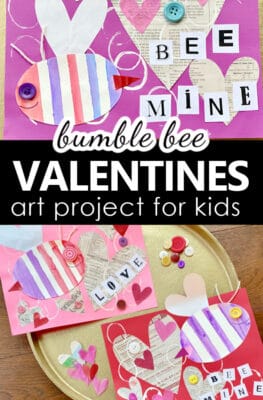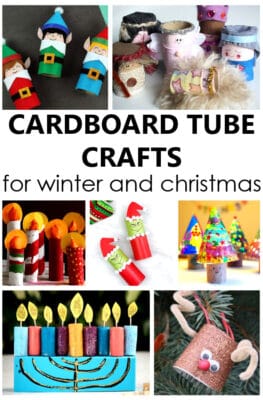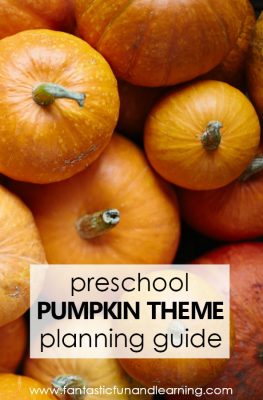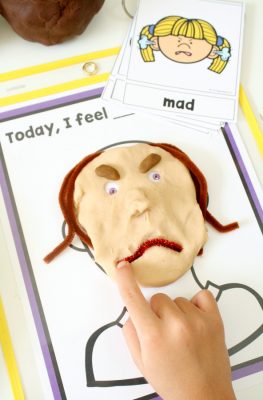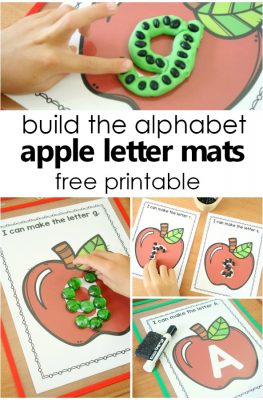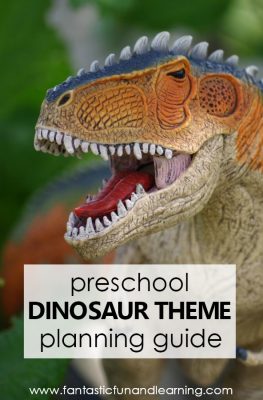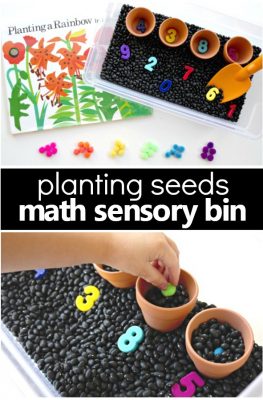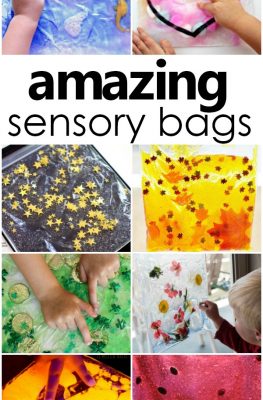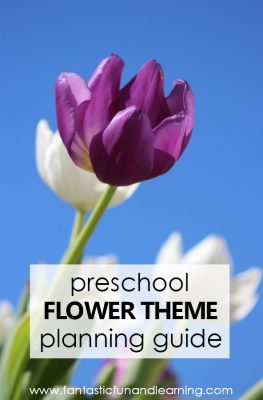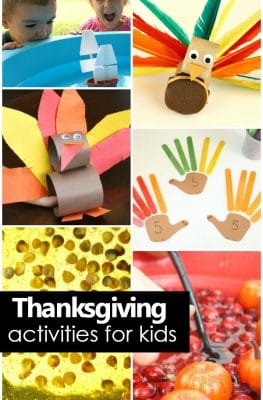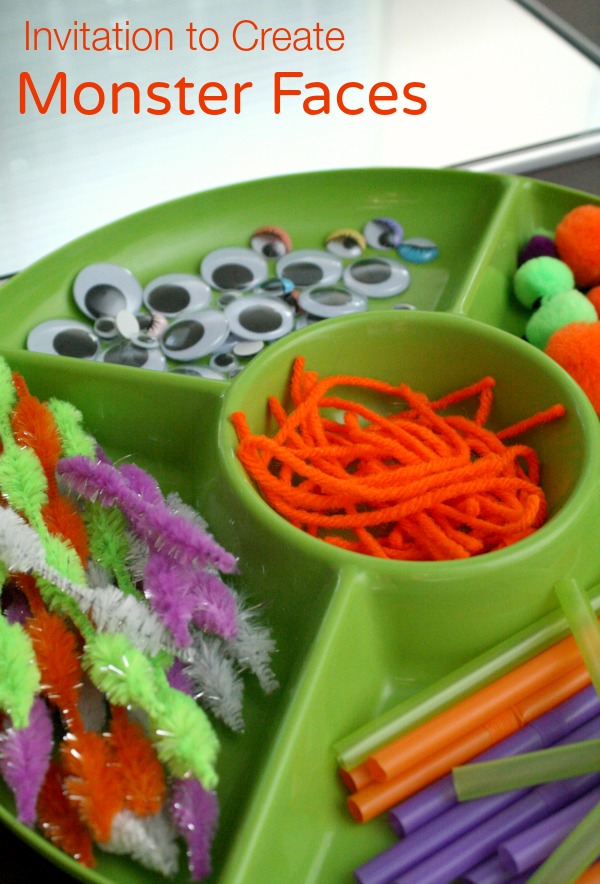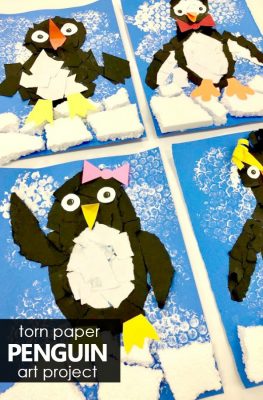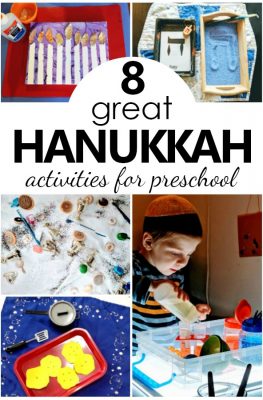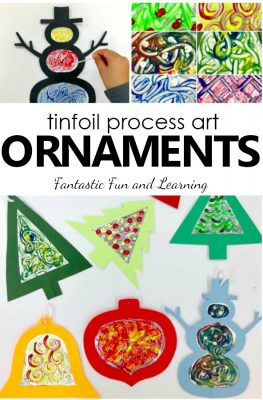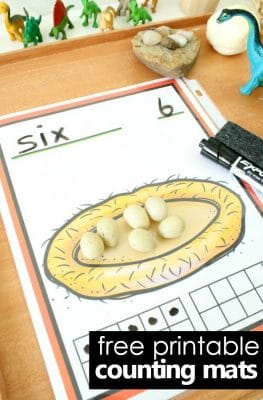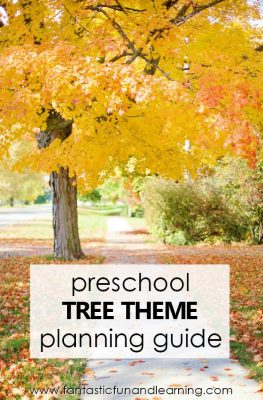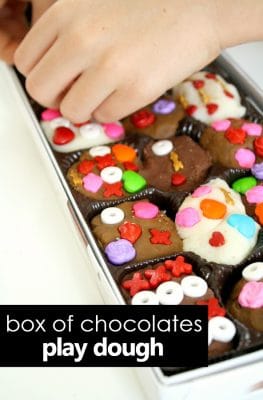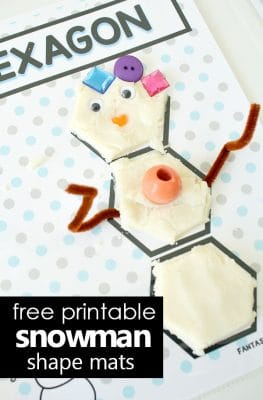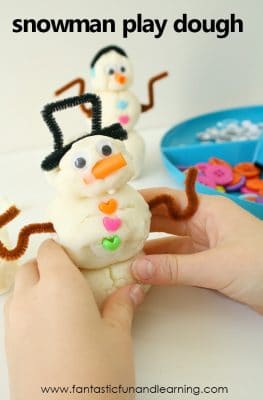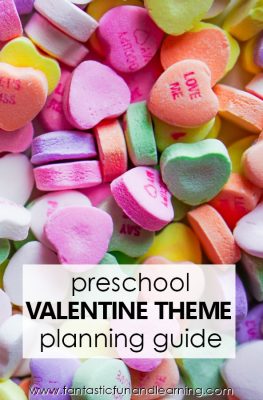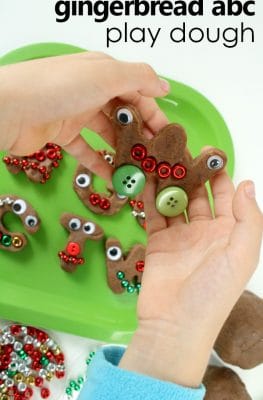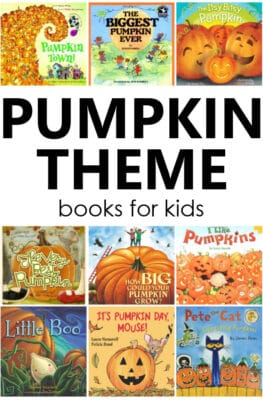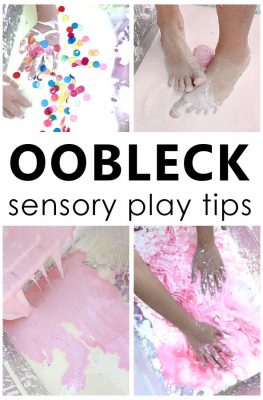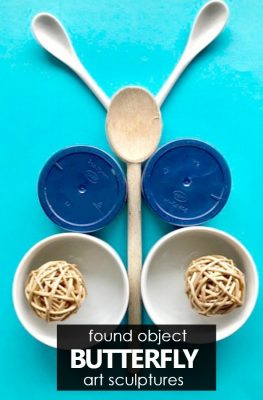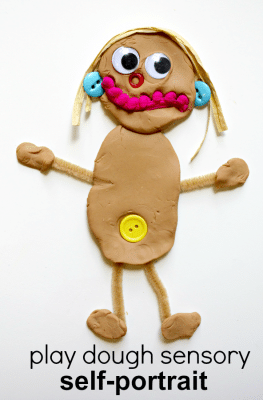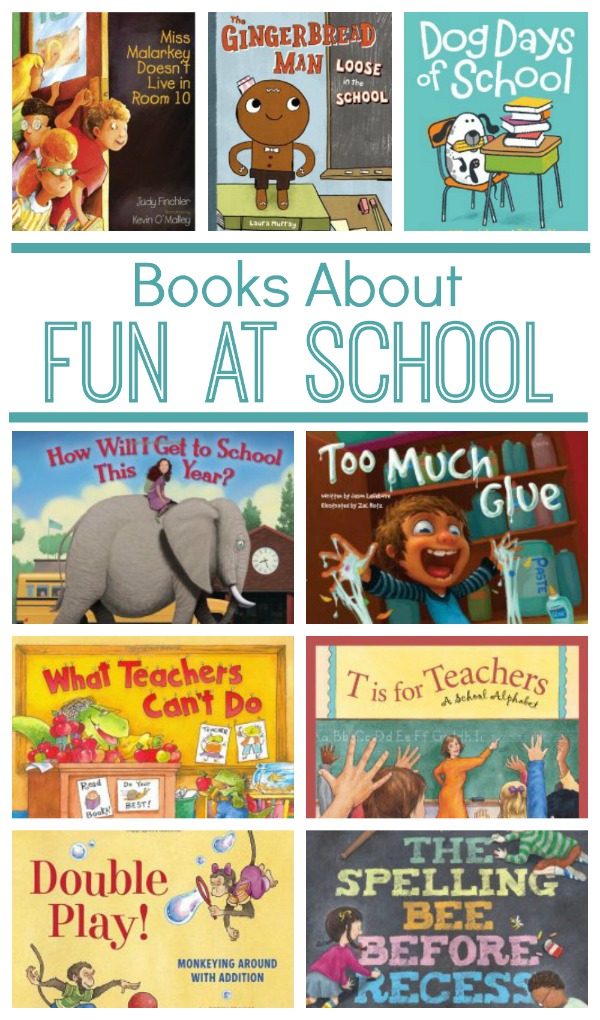Loose parts play Ideas Cheap or FREE Activities Parental support Developing Screen-free Interests
250+ Activities To Create With Cheap or Free Loose Parts
Loose parts can be used in small world play, sensory play, collage, sculpture, STEAM and more. Loose parts are often donated...or free if you use what nature offers. It can also be called tinkering, making, construction play or just building.
Loose parts play can become significantly supportive to language and literacy development in children by fostering communication, storytelling, and imaginative play. Small World (miniature) playsets and felt boards can become interactive play related to story or lesson for sunday school or for screen free activities like this -nativity set..

When children engage with loose parts, they naturally engage in conversations, negotiate roles, describe their creations, and even create narratives, all of which contribute to language acquisition and vocabulary expansion. The easiest way to avoid hard-to-clean disasters in your home is to take Loose Parts Play outside, as much as possible. Generally speaking I save dirt, sand, mud, rocks, sticks and other related loose parts for outdoor play while pillows, silks, cardboard are used for indoor play.
A List of Free and Interesting
Loose Parts
Natural Loose Parts
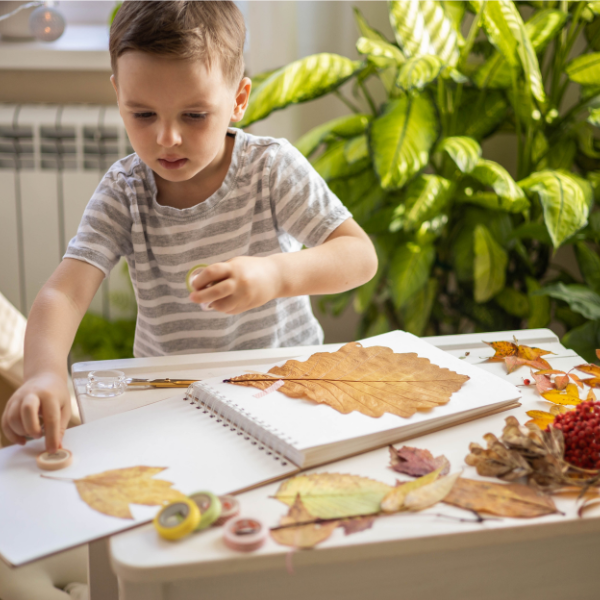
The great outdoors is filled with loose parts that can be easily used and sustainably gathered. Below is a list of some of my favourite loose parts for toddlers.
Water: Water is a loose part! Search for water in nature in its liquid form (puddles, streams, lakes, ocean) or solid form (ice and snow). Another option is to fill the bath for water play indoors. Water pairs well with buckets, containers, funnels and sieves. Always keep a close eye on toddlers near water.
Rocks: For young toddlers, look for rocks that are easy to handle but too big to fully fit into their mouths. That being said, I do let my toddler play with small rocks if I’m keeping a close eye on her. Encourage your toddler to notice different rock colours, textures and sizes. Rocks pair well with a shovel and pail.
Wood: I suggest collecting smooth sticks of various sizes that are splinter free and don’t have sharp ends. Some other toddler safe wood ideas include: driftwood, wood disks, and thick branches cut into small logs. Just be sure to remove bits of wood that easily break off.
Shells: Toddlers are still learning how to be gentle so choose larger and thicker shells that won’t easily break when handling and won’t easily fit into their mouths.
Leaves: Leaves are a great Loose Part for toddlers. Throw a bunch into a container or rake them into a pile. Just avoid any poisonous leaves like poison ivy.
Grass: My toddler recently discovered a pile of freshly moved grass left behind by our lawnmower. She scooped it, spread it and shoved it into a bucket and down her shirt (so itchy!). Other option for grass are hay, straw or long pieces of ornamental grass. Just be warned that grass can cause a mild allergic skin reaction with some toddlers.
Pine cones and large seeds: Large seeds like walnuts (unshelled) and pinecones of various sizes make for fun loose parts for toddlers.
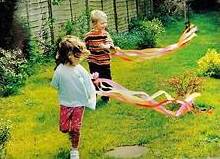
Cork: Grab a bag of them from your local winemaking shop or online. Cork is soft on the hands by can be easily chewed and broken pieces so this Loose Part might be best for older toddlers.
Hard vegetables: Grab some potatoes from your pantry for some easy and safe loose parts play. Pair potatoes with baskets or pots.
Dirt: Dirt comes in different forms (mud, sand, and clay) which toddlers enjoy playing with. If you’re worried about your toddler getting dirty with mud or clay play, dress them up in a waterproof rain suit. Letting toddlers play in the dirt has many benefits so try not to worry about the mess.
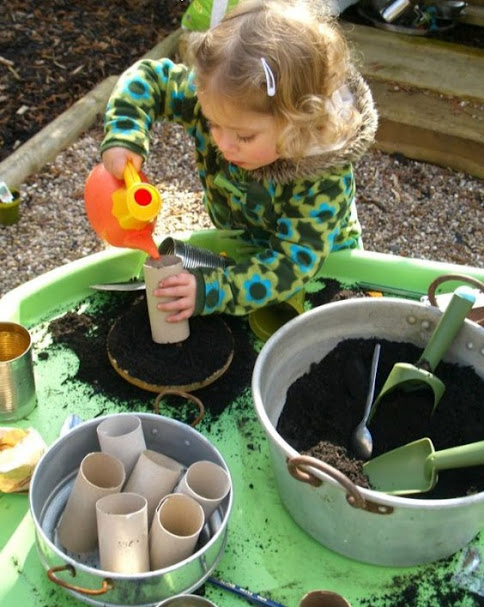
Man-made Loose Parts
Loose Parts play can be used in small world play, sensory play, making collage or sculpture, Playing with Purpose, STEAM and more. It can also be called tinkering, making, construction play or just building.
Helpful Resources
If you are looking for more helpful resources for Loose Parts Play for toddlers or older children check out some of the resources below:
Loose Parts Play: A Toolkit by Theresa Casey and Juliet Robertson
Loose Parts Learning in K-3 Classrooms by Carla Gull, Suzanne Goldstein and Tricia Rosengarten
Loose Parts: Inspiring Play in Young Children by Lisa Daly and Miriam Beloglovsky
Loose Parts 2: Inspiring Play with Infants and Toddlers by Lisa Daly and Miriam Beloglovsky
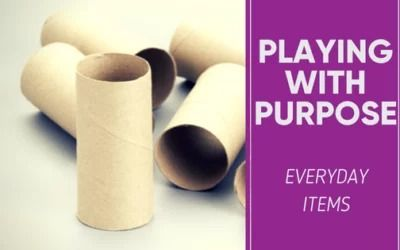
How Loose Parts Enhance Language and Literacy:
Communication and Collaboration:.Children often discuss their ideas, plans, and creations while playing with loose parts, which encourages verbal interaction and the development of communication skills.
Storytelling and Narrative Development:.Loose parts can be used as props and characters in storytelling, allowing children to develop narratives, practice sequencing events, and express their creativity through language.
Vocabulary Expansion:.As children describe their actions, creations, and ideas, they encounter and use new words, expanding their vocabulary and understanding of language.
Pre-Writing Skills:.Children can use loose parts to trace letters, create shapes, and even write words, developing pre-writing skills and letter recognition.
Symbolic Play and Representation:.Loose parts enable children to engage in symbolic play, where one object represents another, a crucial skill for literacy development.
Reading Comprehension:.Loose parts can be used to act out stories, reinforcing comprehension and making reading more engaging.
Self-Expression:.Children can use loose parts to express their thoughts, feelings, and ideas, fostering self-confidence and communication skills.
Examples:
Children might use sticks, stones, and leaves to retell the story of the Three Little Pigs, creating different scenarios and dialogue for each character.
Using buttons, beads, and small blocks, children could create a sequence of events to represent a story they have read.
They could use loose parts to build letters, then use those letters to form words and sentences.
Children can use loose parts to create a "shop" or "restaurant," using the parts to represent different items and engaging in pretend play with accompanying dialogue.
By providing opportunities for open-ended exploration and creative expression, loose parts play helps children develop essential language and literacy skills, setting a strong foundation for future learning.
Helpful Resources
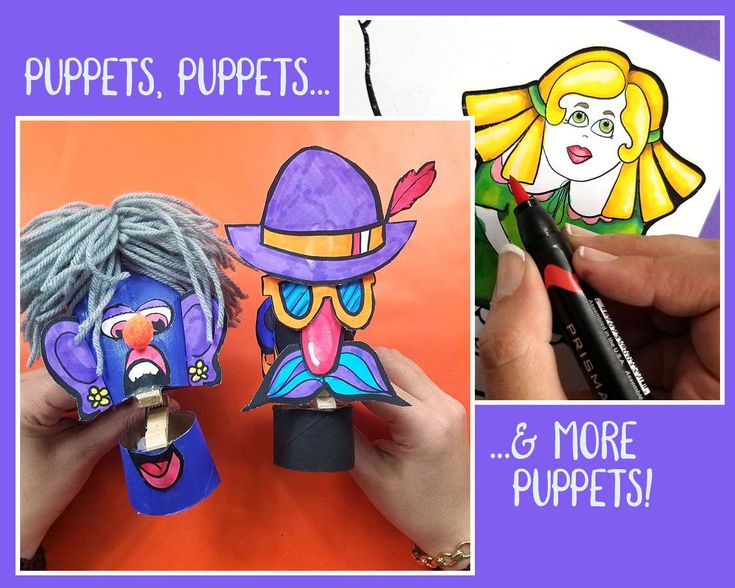
If you are looking for more helpful resources for Loose Parts Play for toddlers or older children check out some of the resources below:
Loose Parts Play: A Toolkit by Theresa Casey and Juliet Robertson
Loose Parts Learning in K-3 Classrooms by Carla Gull, Suzanne Goldstein and Tricia Rosengarten
Loose Parts: Inspiring Play in Young Children by Lisa Daly and Miriam Beloglovsky
Loose Parts 2: Inspiring Play with Infants and Toddlers by Lisa Daly and Miriam Beloglovsky
How Loose Parts Enhance Language and Literacy:
Communication and Collaboration:.Children often discuss their ideas, plans, and creations while playing with loose parts, which encourages verbal interaction and the development of communication skills.
Storytelling and Narrative Development:.Loose parts can be used as props and characters in storytelling, allowing children to develop narratives, practice sequencing events, and express their creativity through language.
Vocabulary Expansion:.As children describe their actions, creations, and ideas, they encounter and use new words, expanding their vocabulary and understanding of language.
Pre-Writing Skills:.Children can use loose parts to trace letters, create shapes, and even write words, developing pre-writing skills and letter recognition.
Symbolic Play and Representation:.Loose parts enable children to engage in symbolic play, where one object represents another, a crucial skill for literacy development.
Reading Comprehension:.Loose parts can be used to act out stories, reinforcing comprehension and making reading more engaging.
Self-Expression:.Children can use loose parts to express their thoughts, feelings, and ideas, fostering self-confidence and communication skills.
Examples:
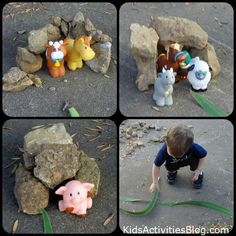
Children might use sticks, stones, and leaves to retell the story of the Three Little Pigs, creating different scenarios and dialogue for each character.
Using buttons, beads, and small blocks, children could create a sequence of events to represent a story they have read.
They could use loose parts to build letters, then use those letters to form words and sentences.
Children can use loose parts to create a "shop" or "restaurant," using the parts to represent different items and engaging in pretend play with accompanying dialogue.
By providing opportunities for open-ended exploration and creative expression, loose parts play helps children develop essential language and literacy skills, setting a strong foundation for future learning.

